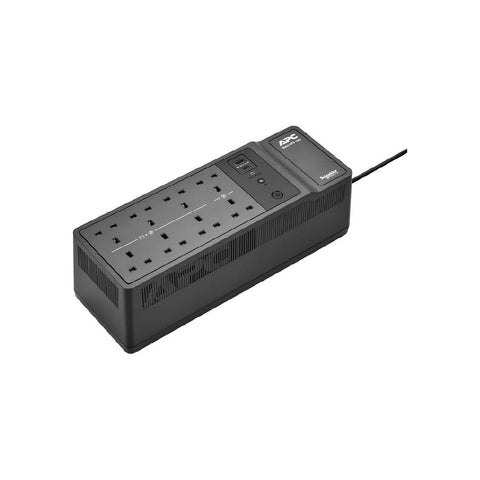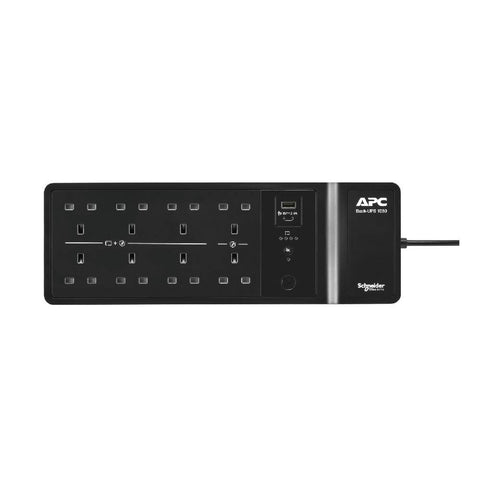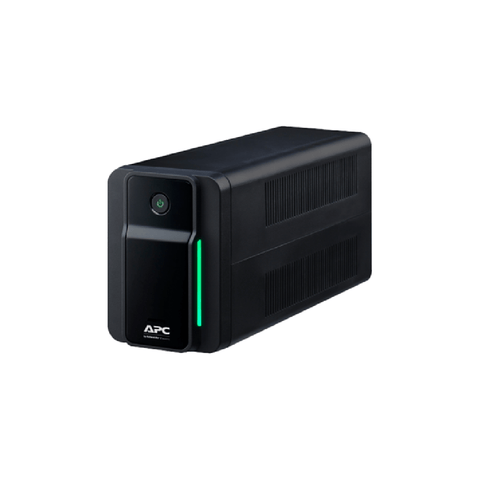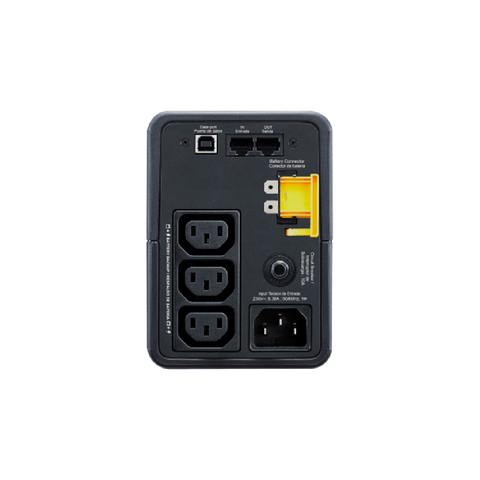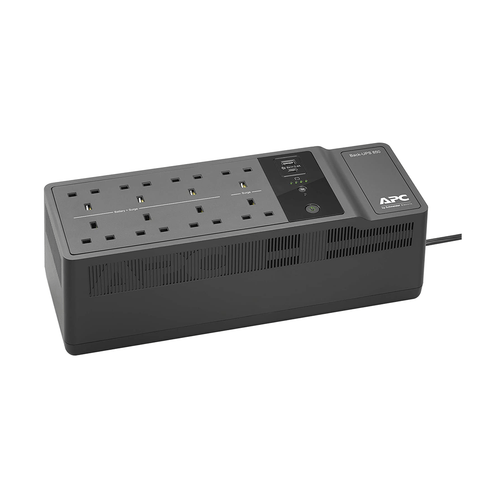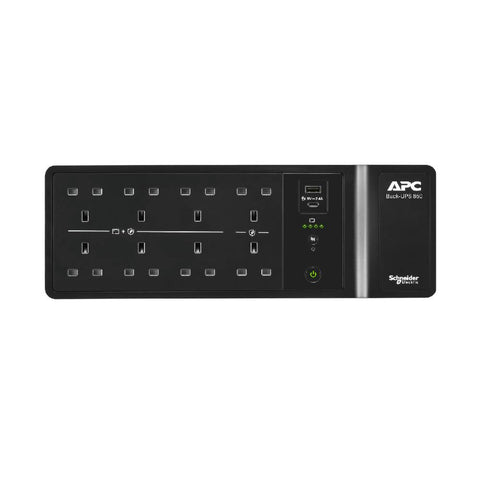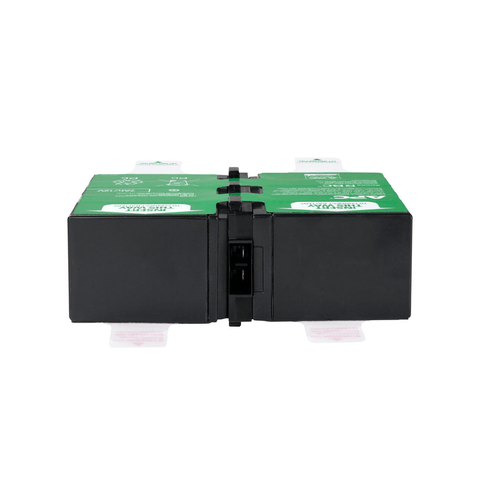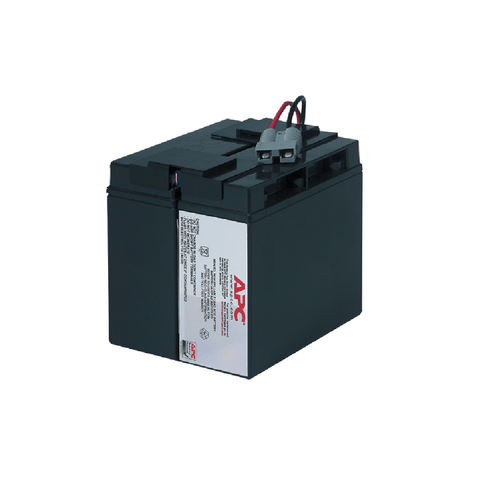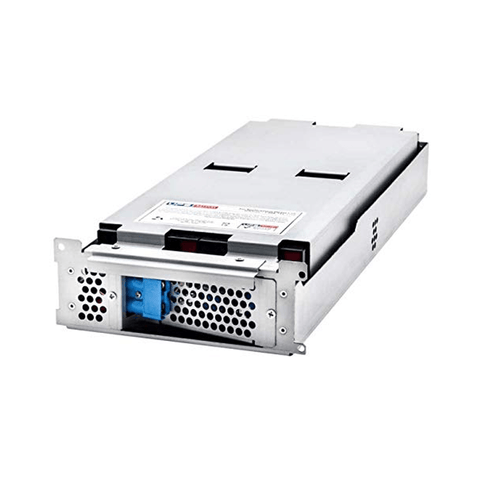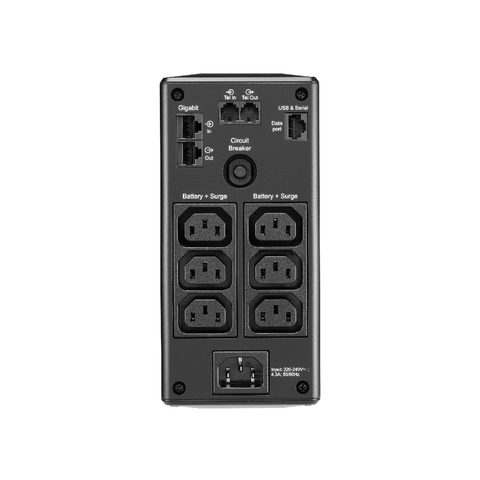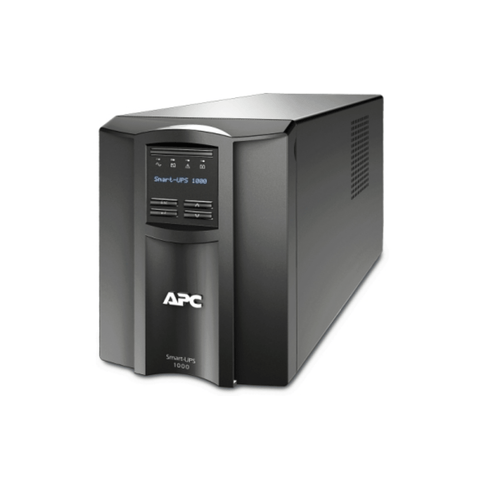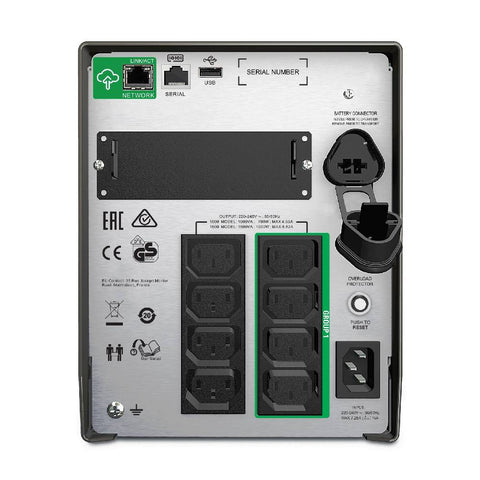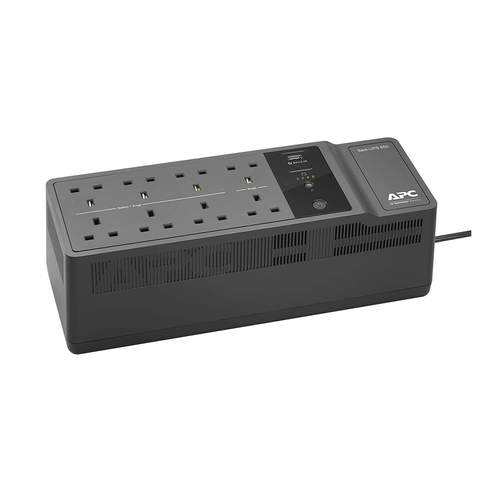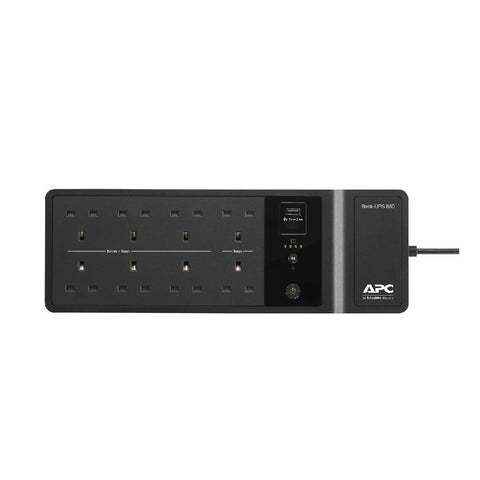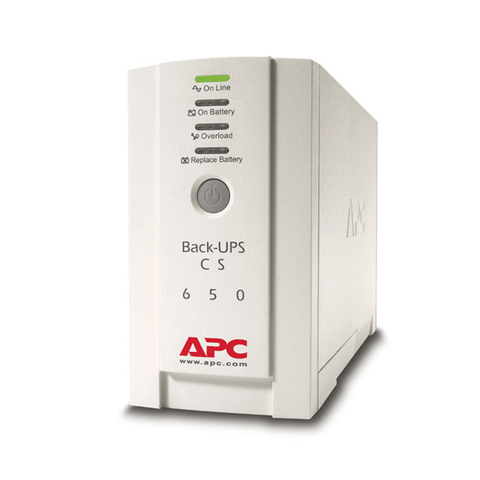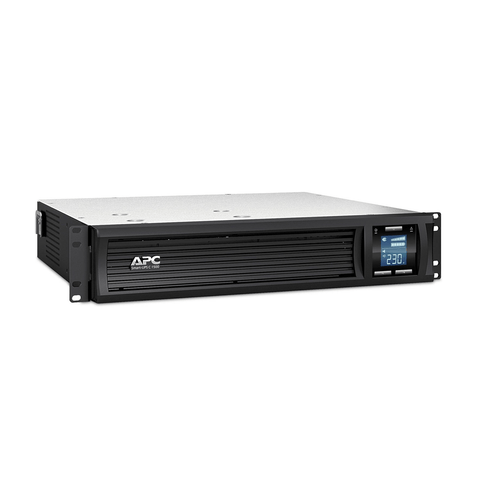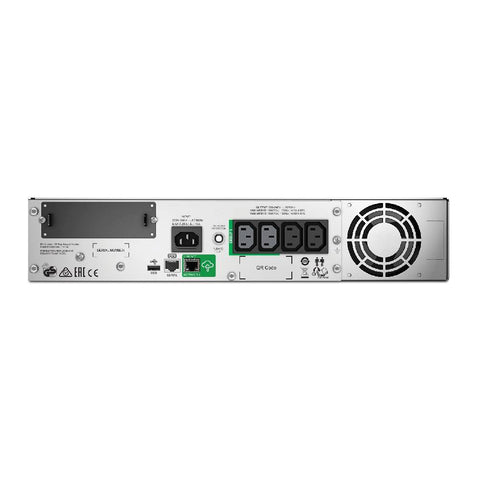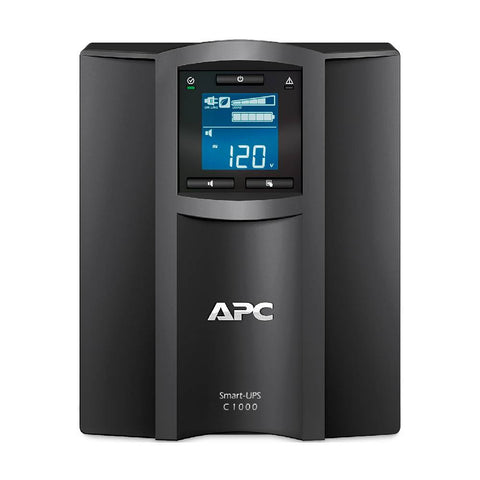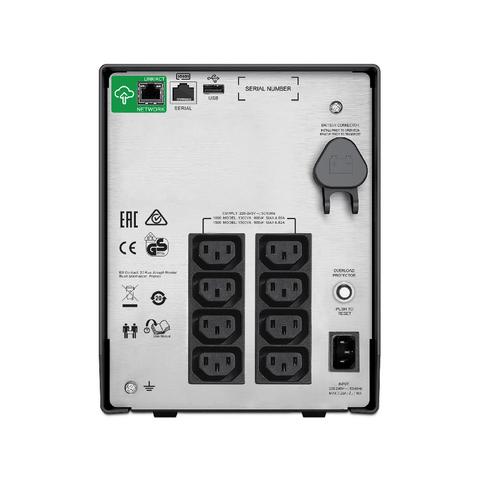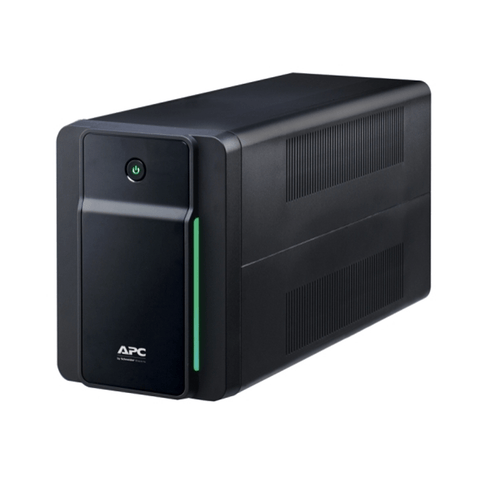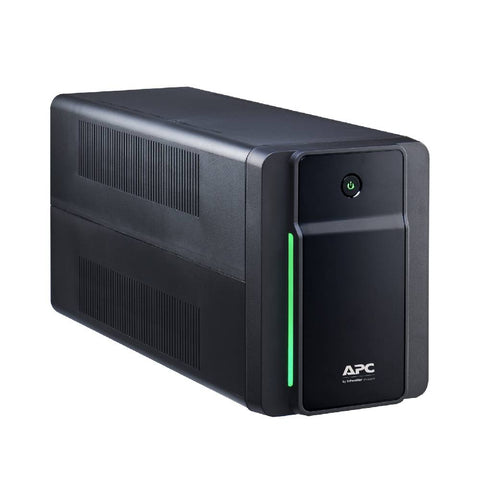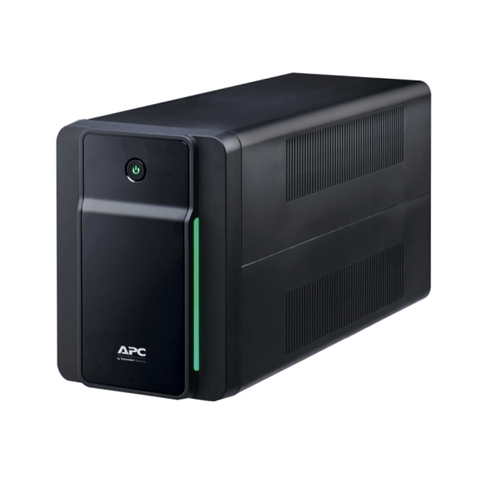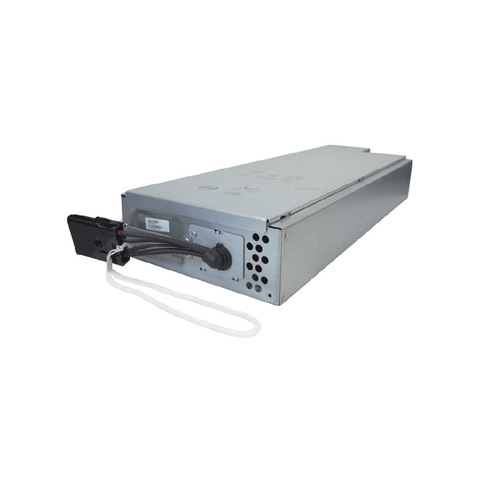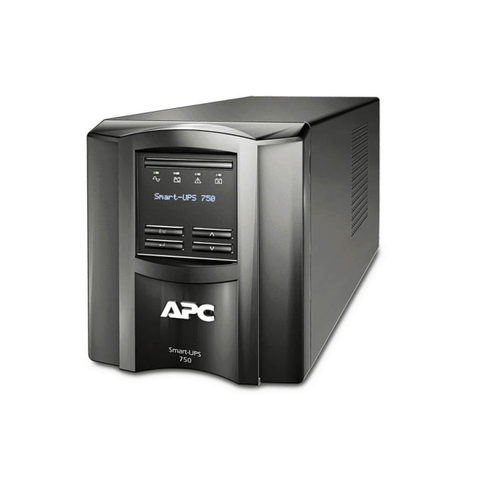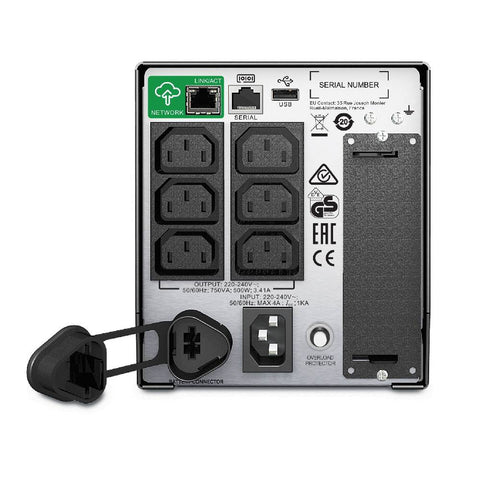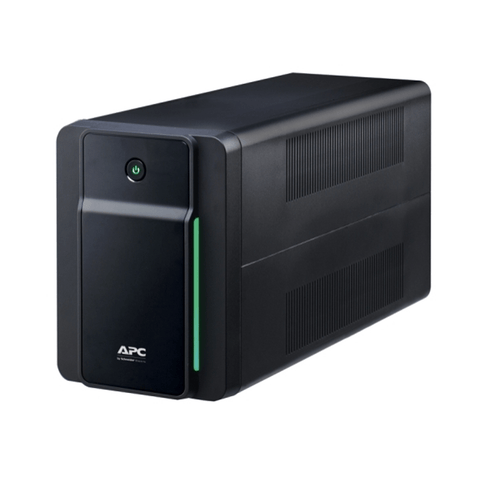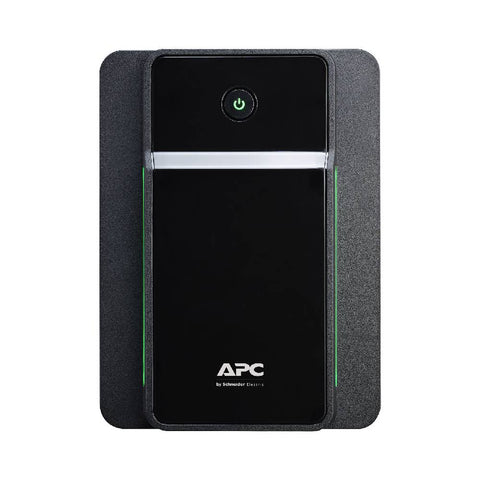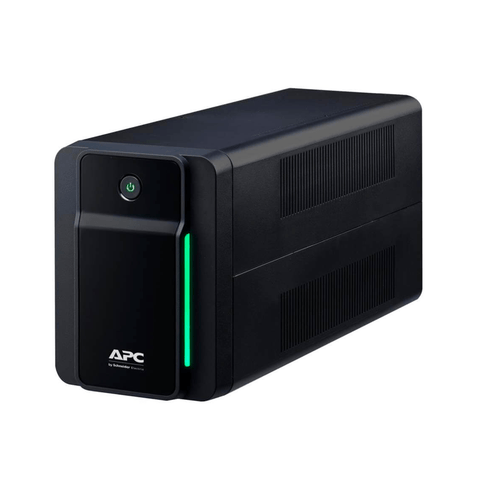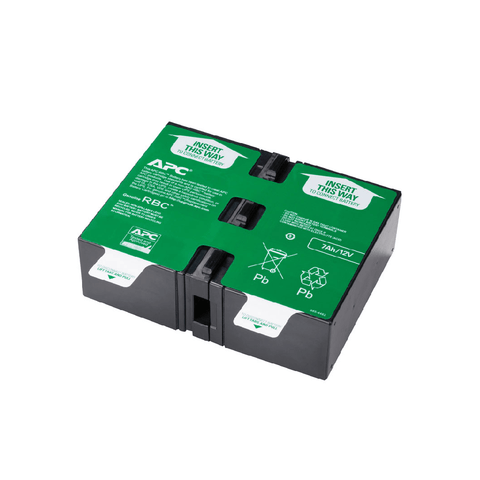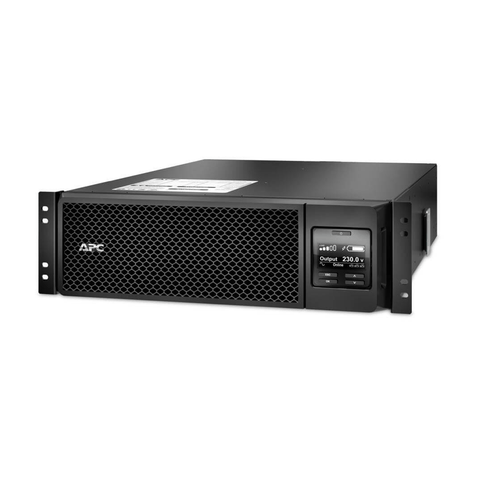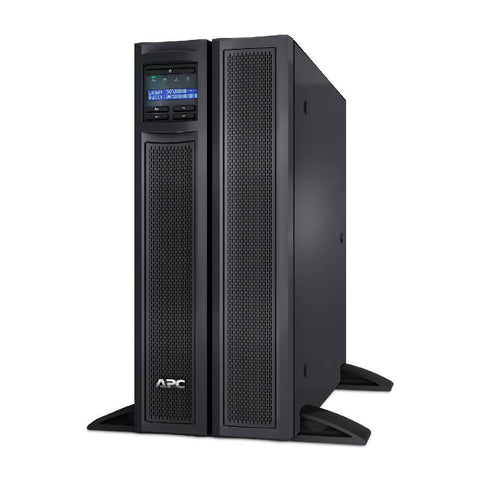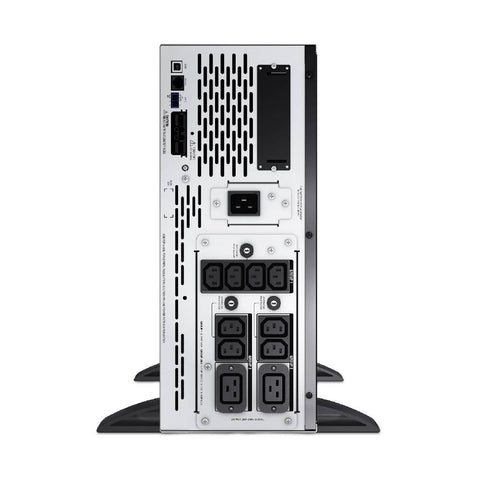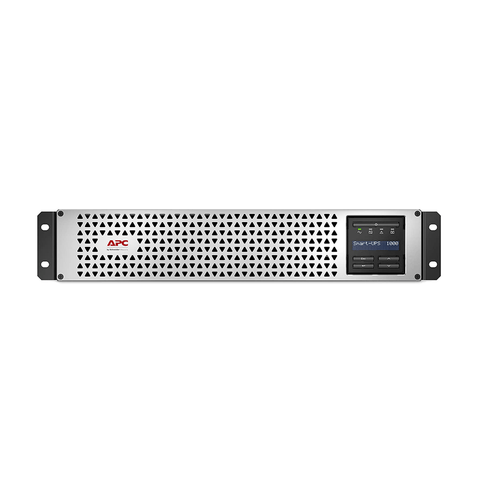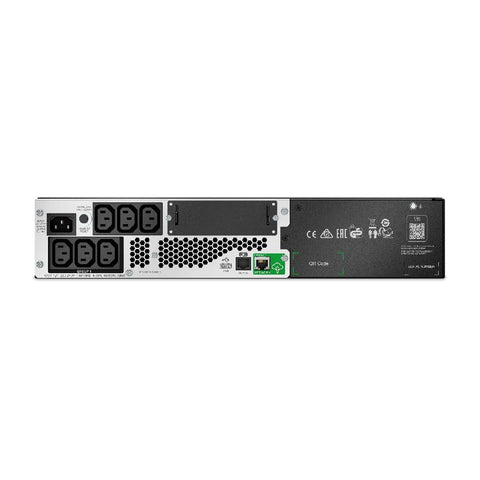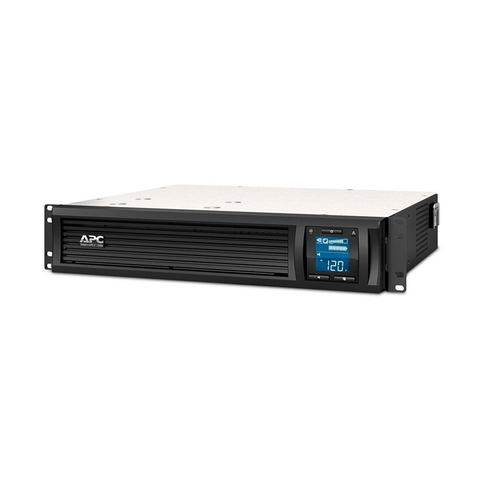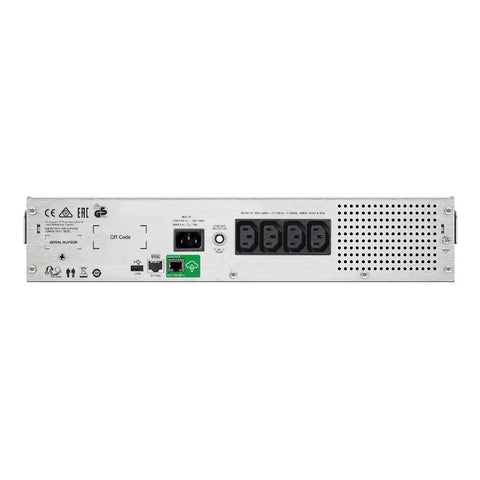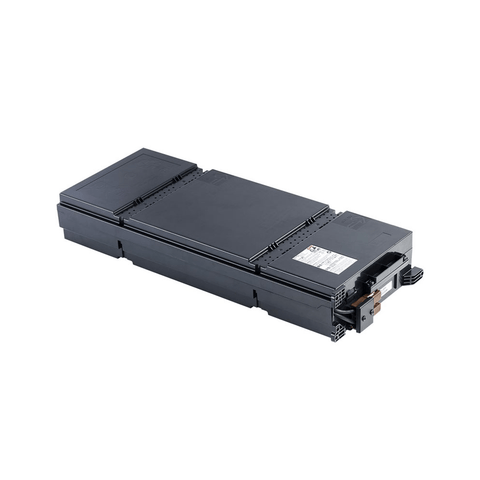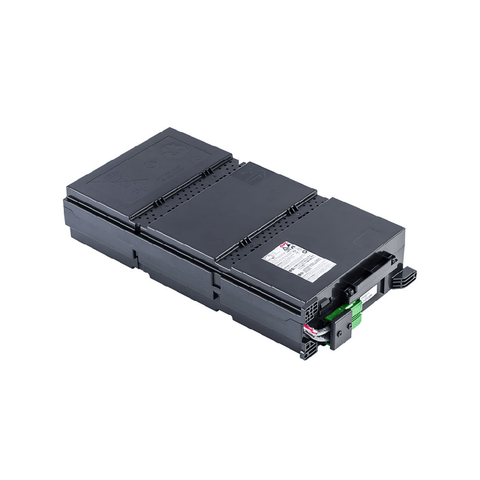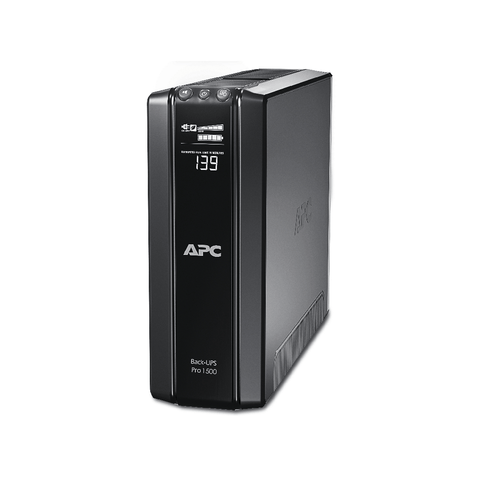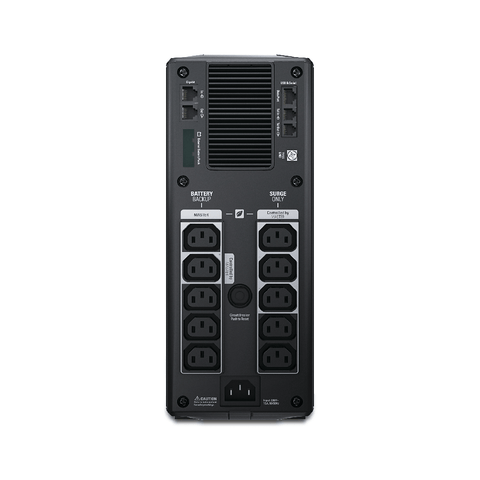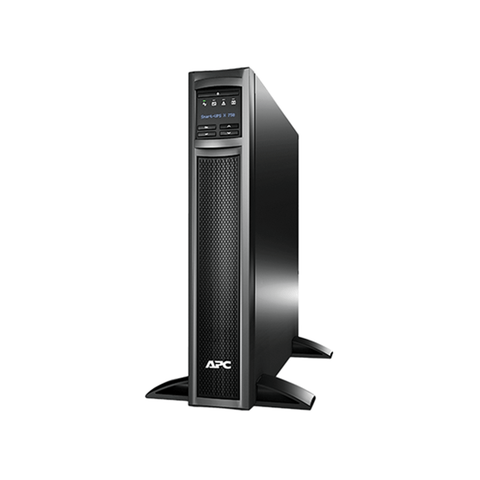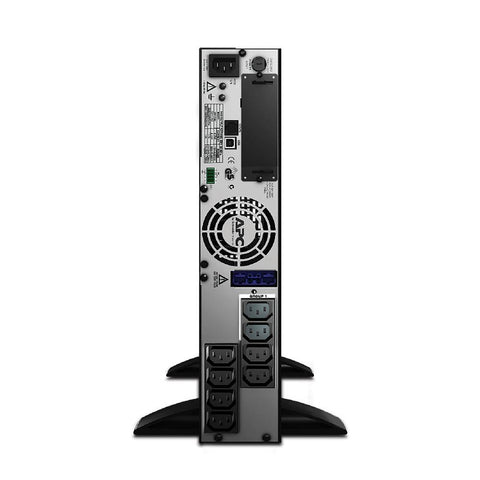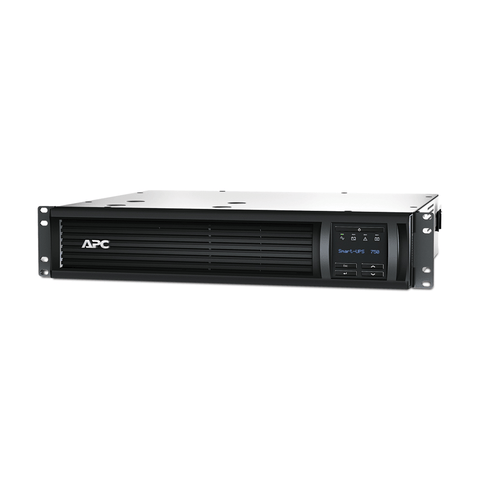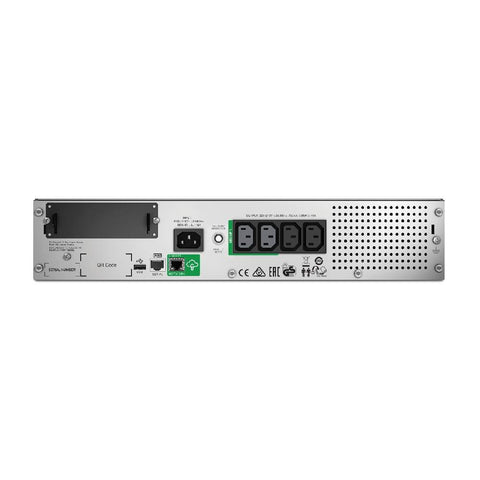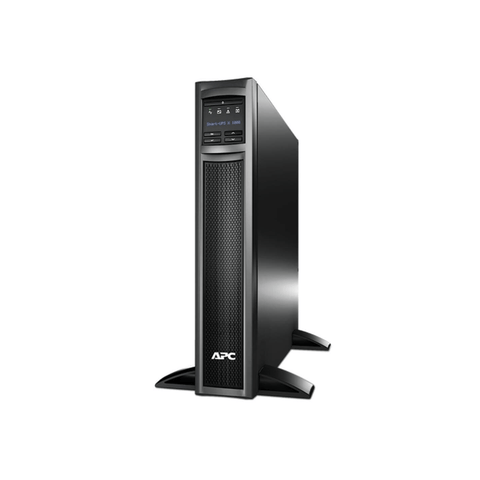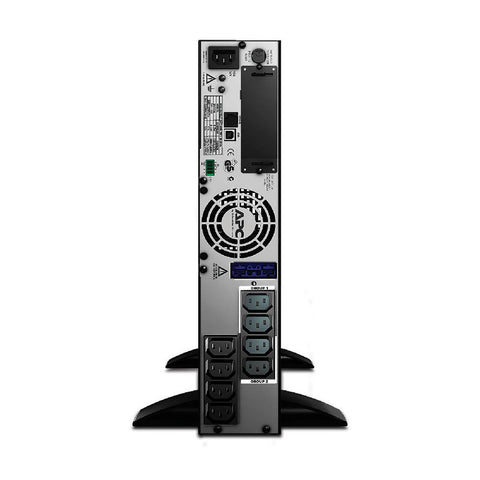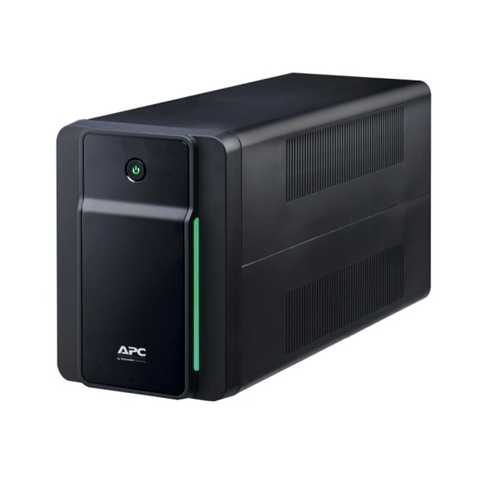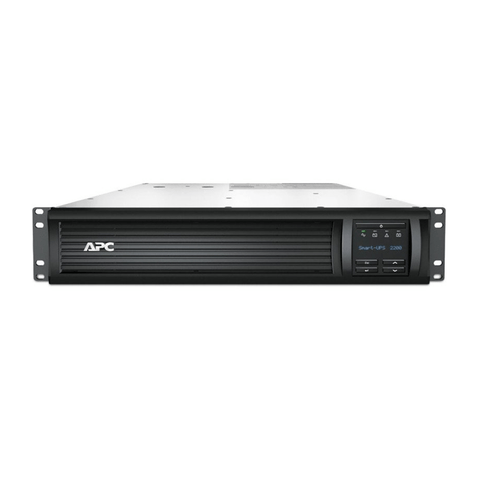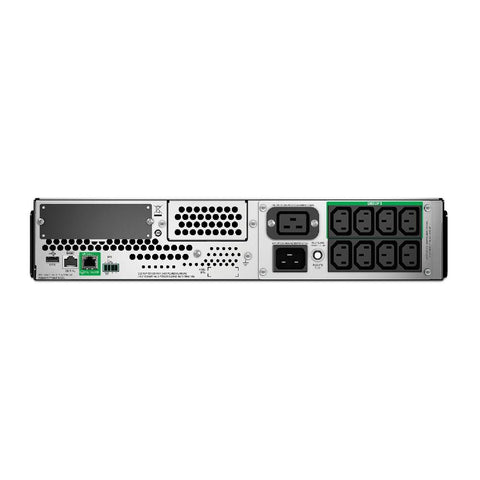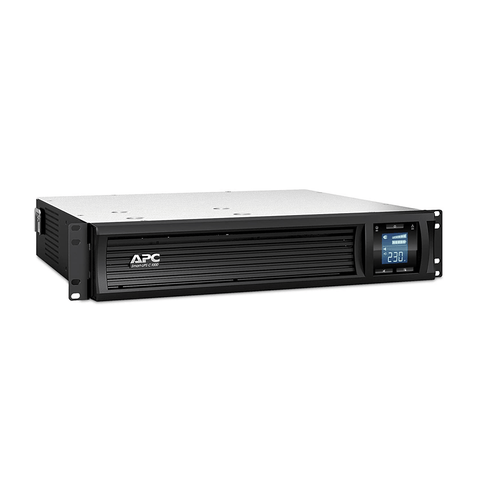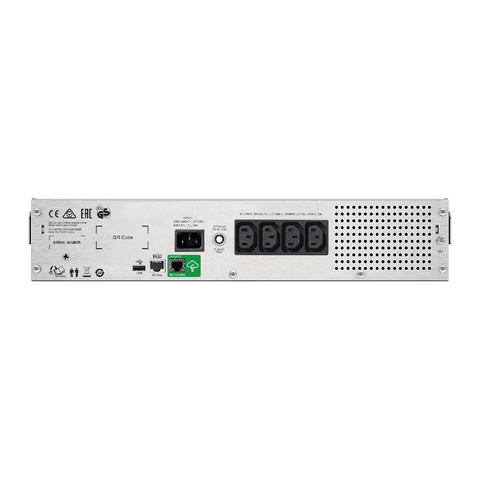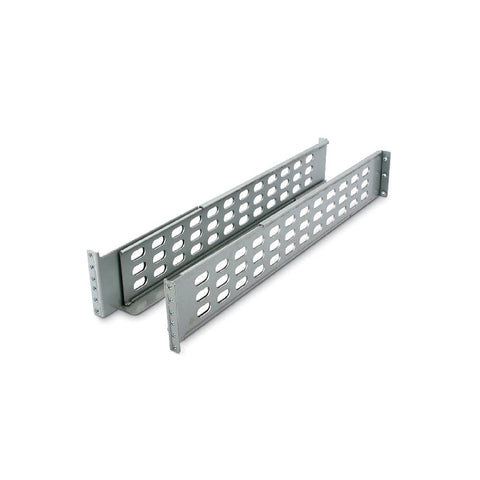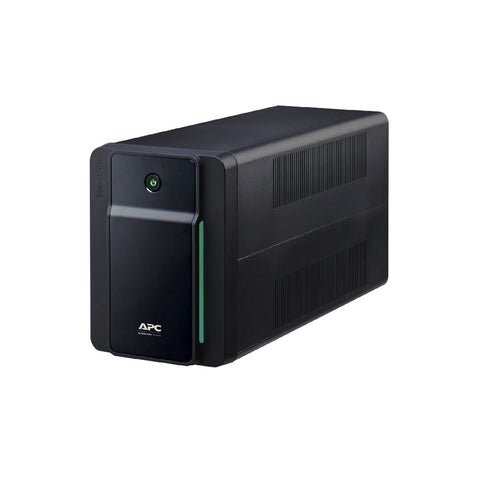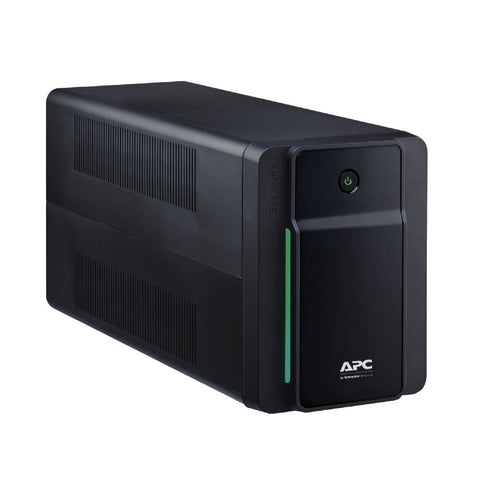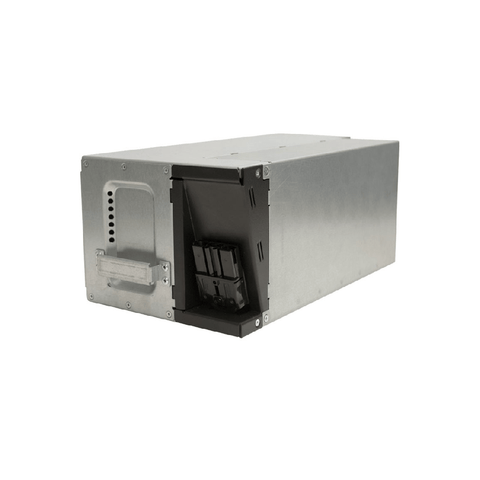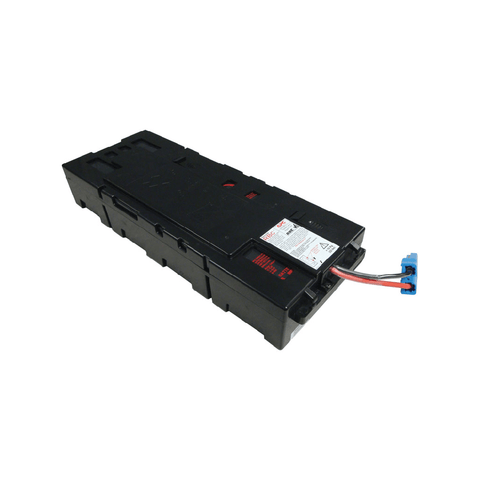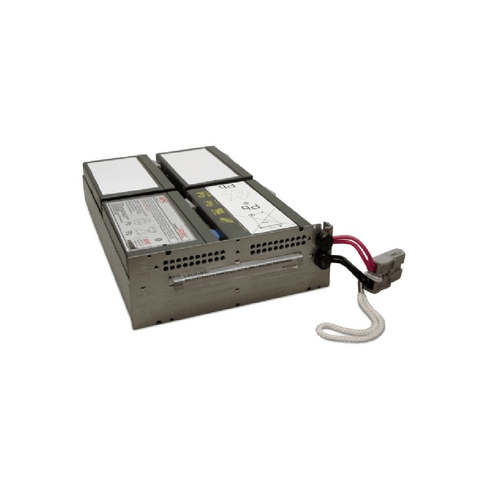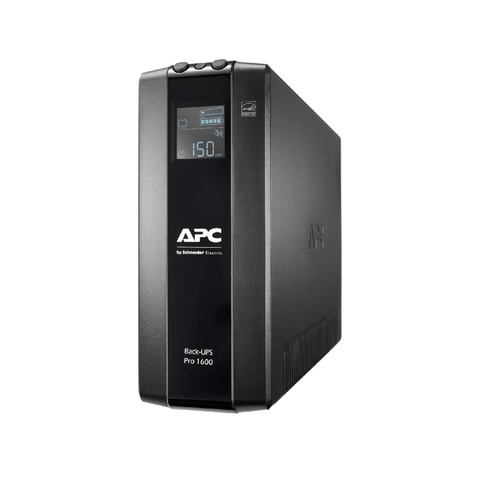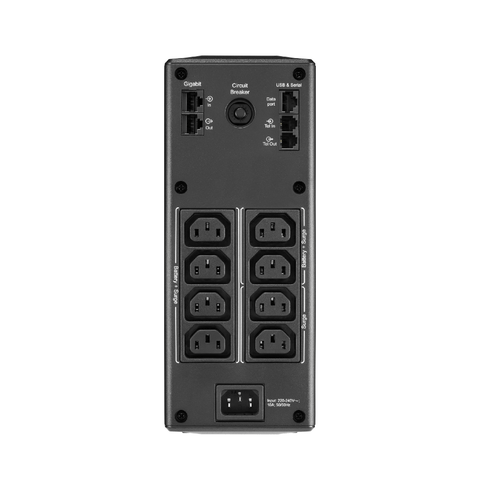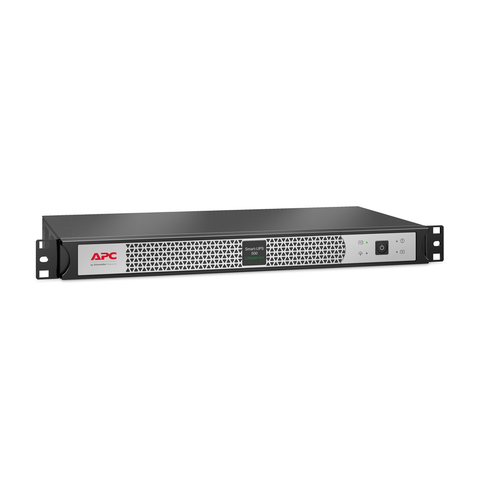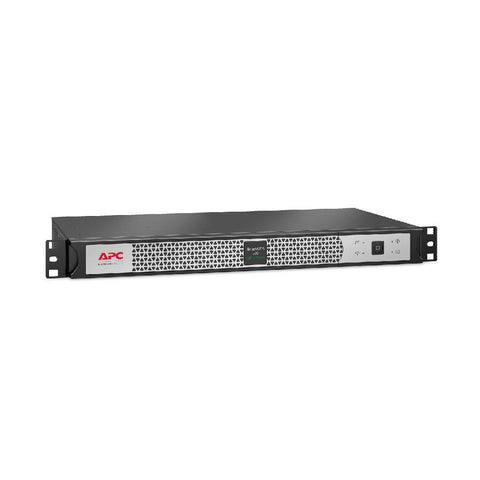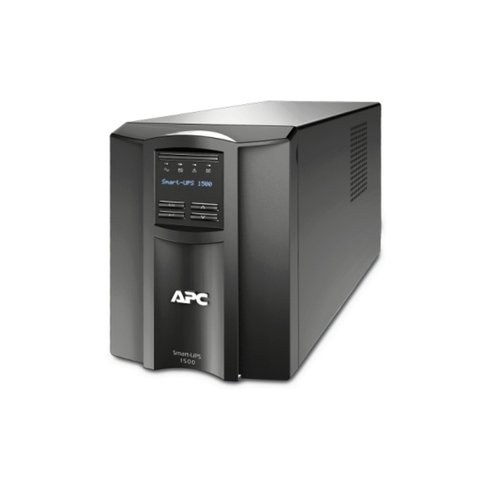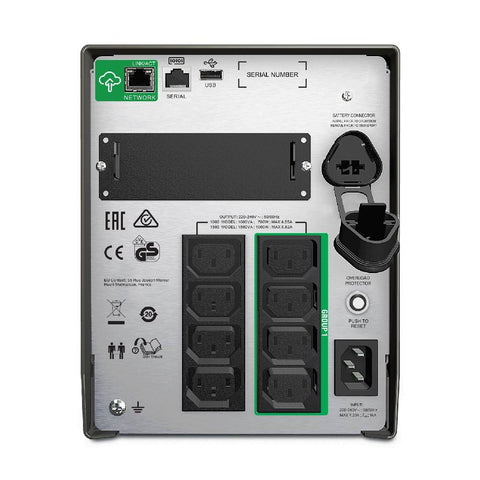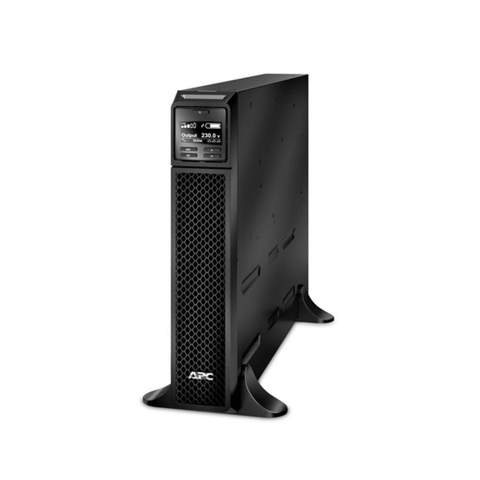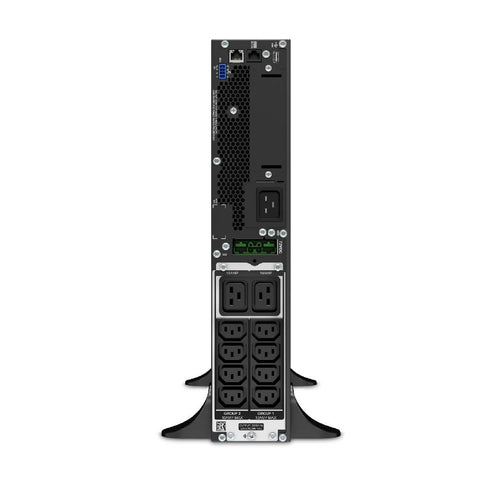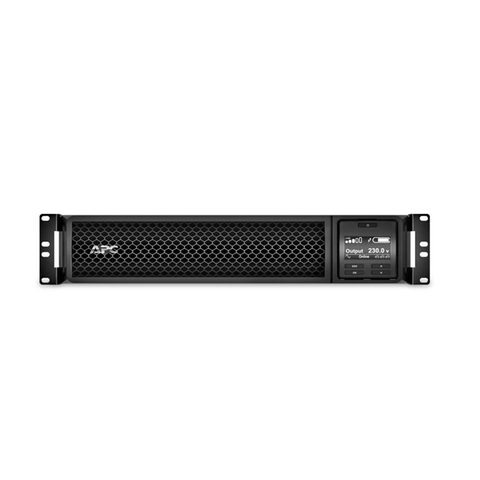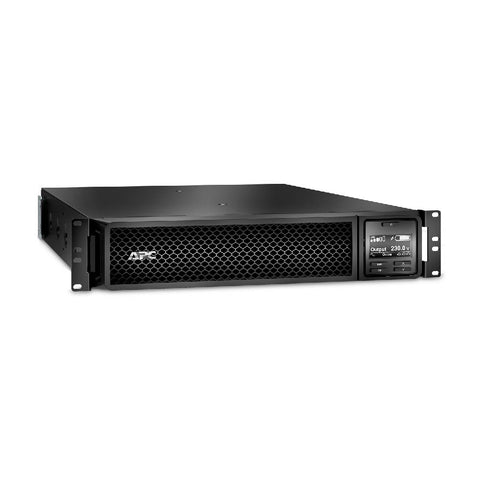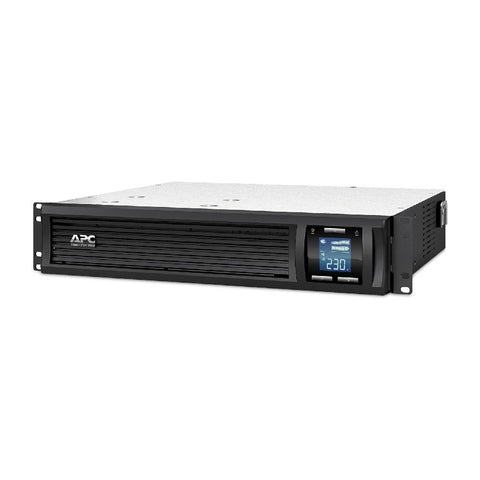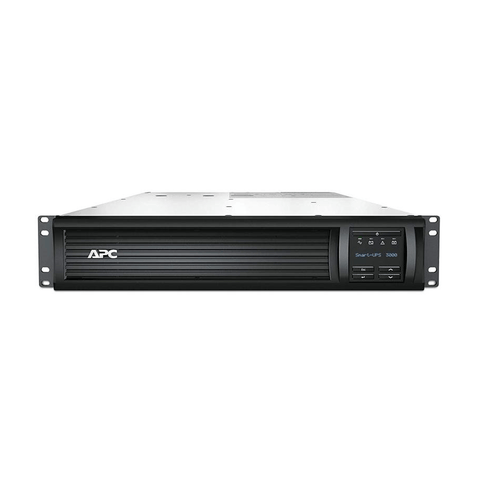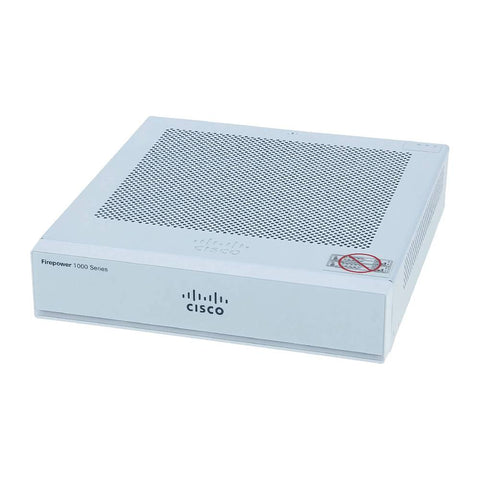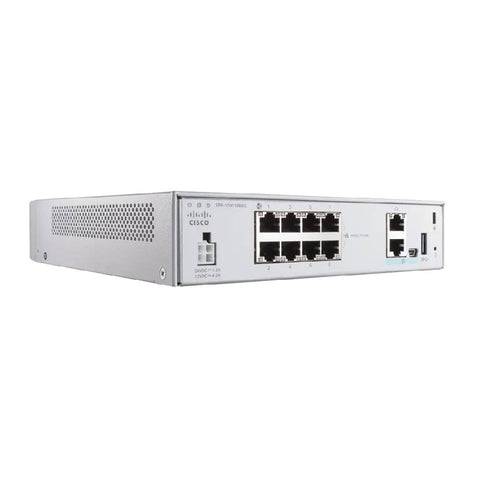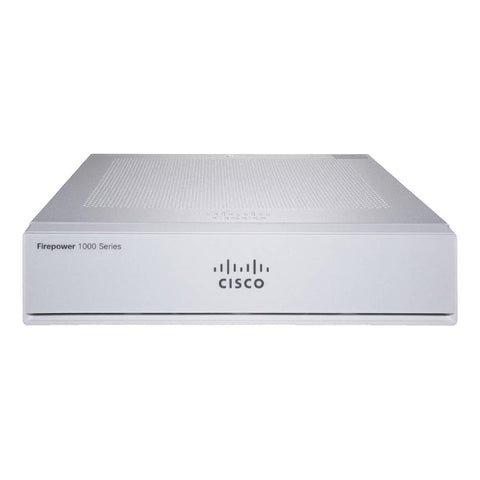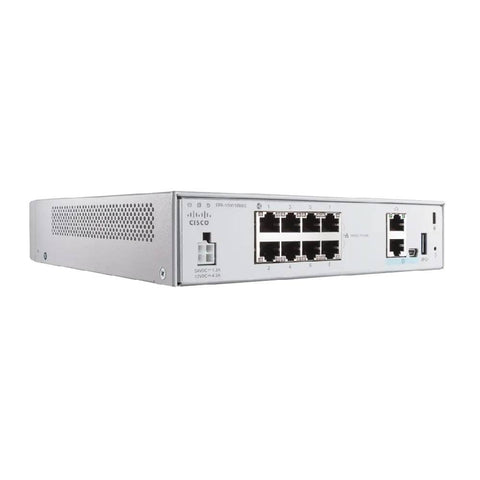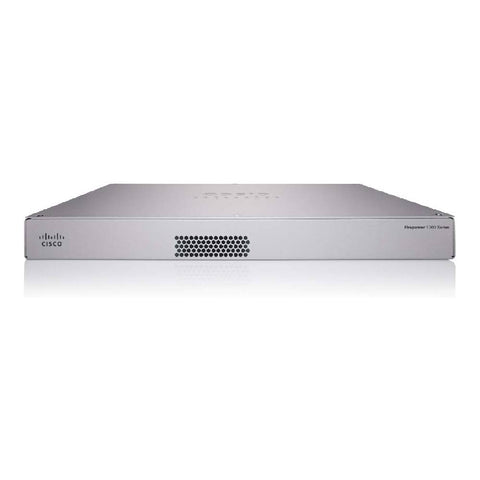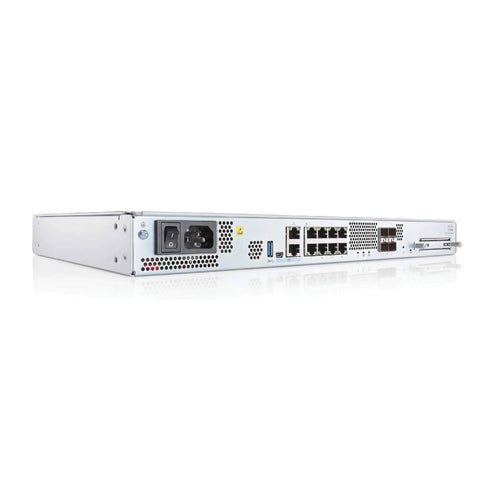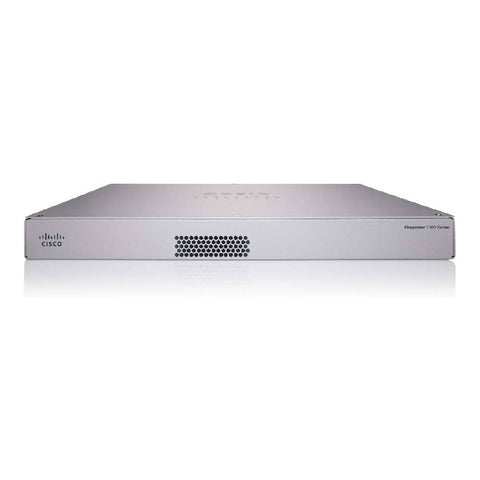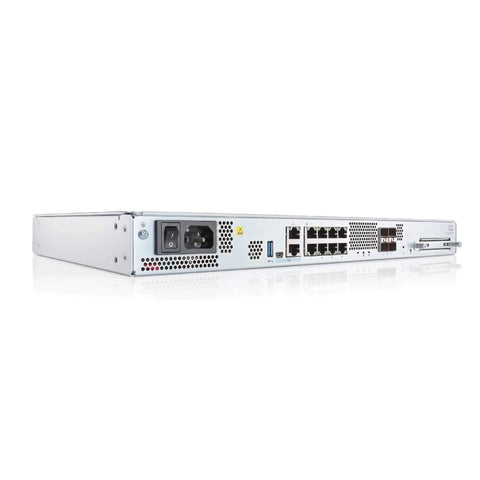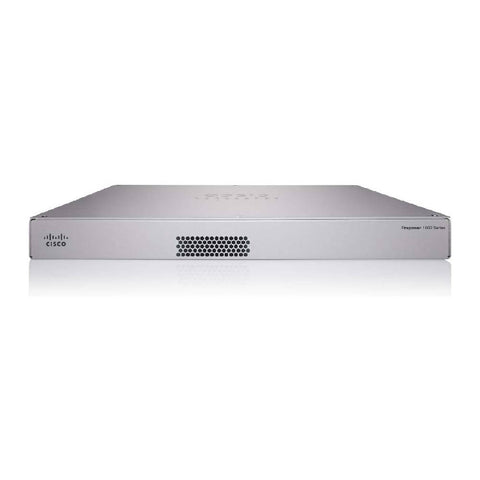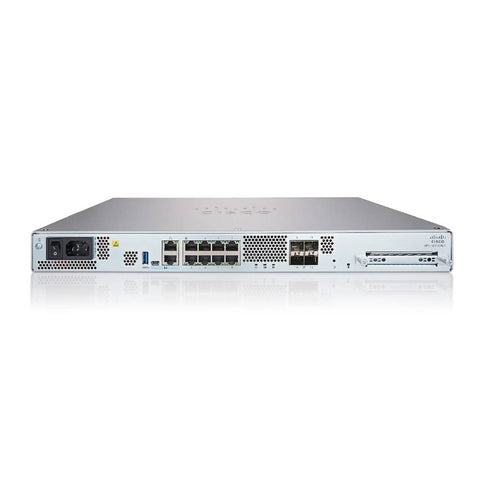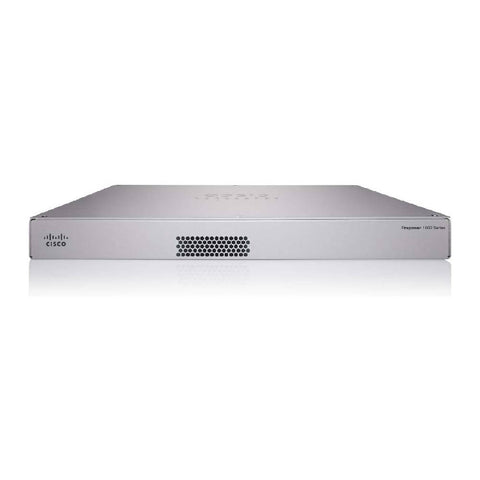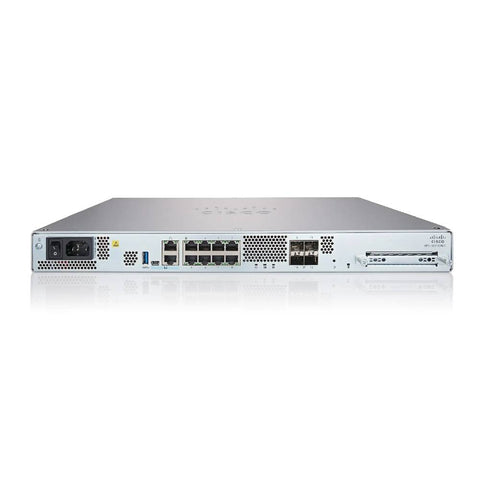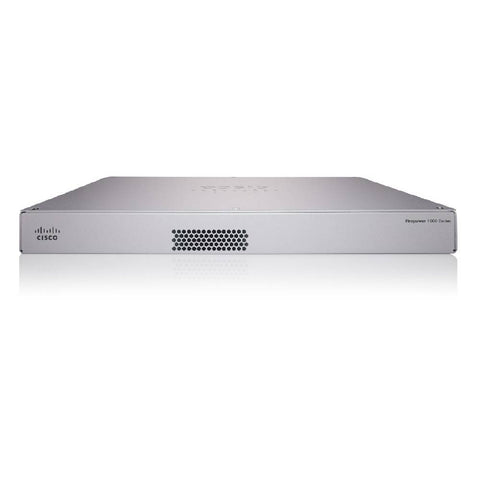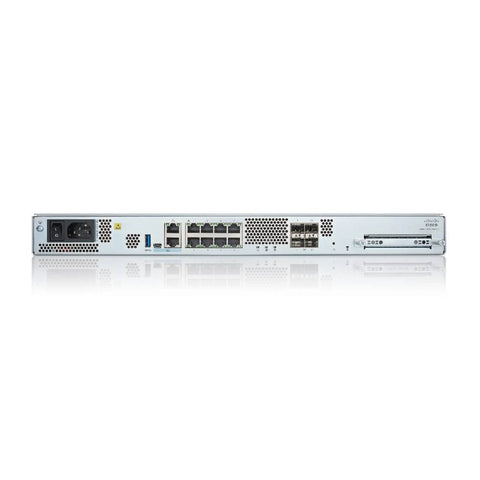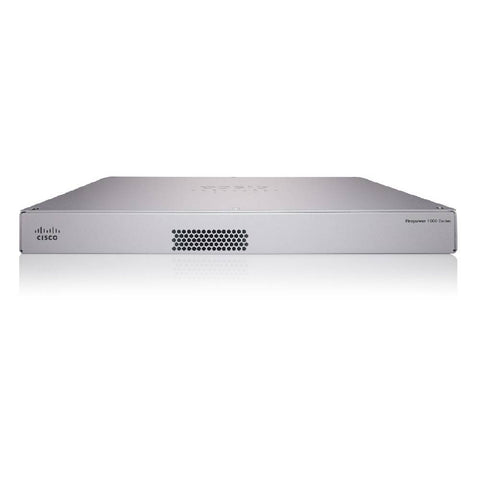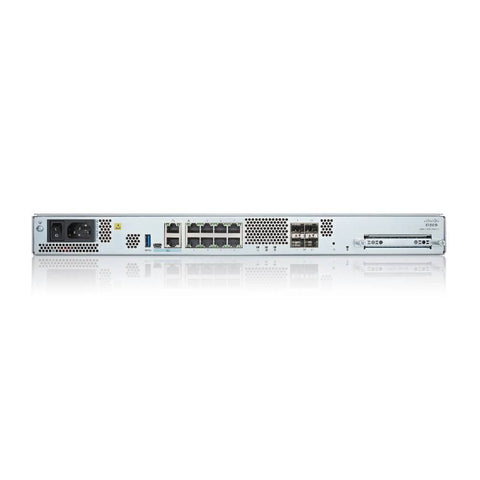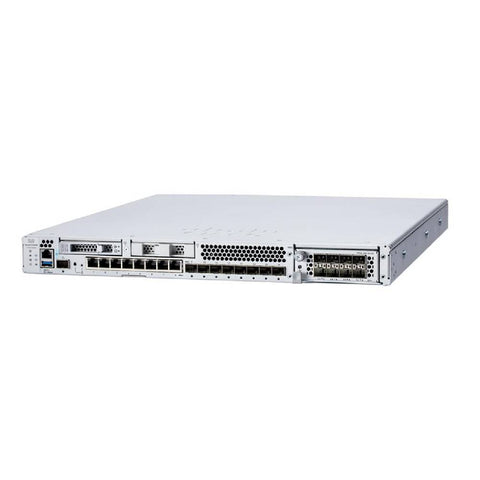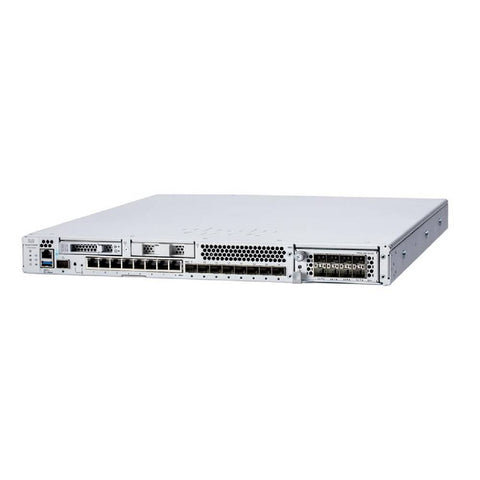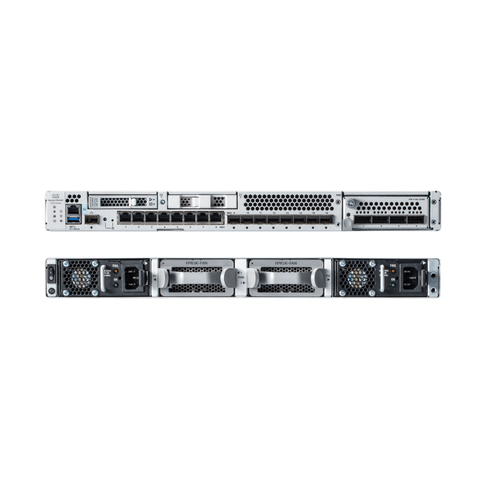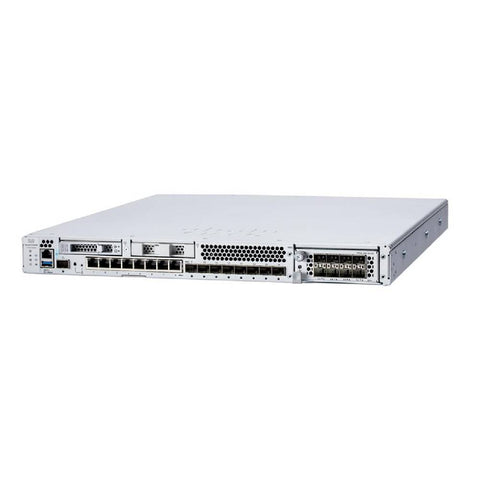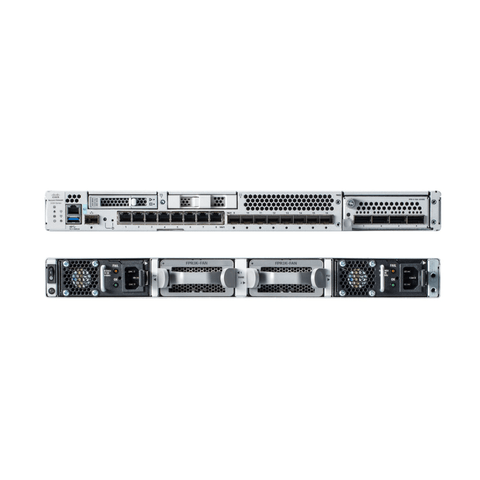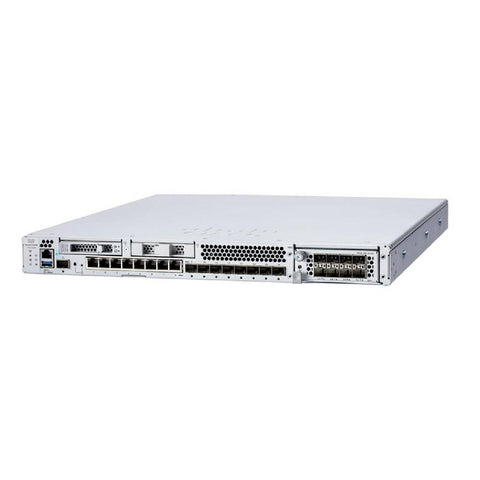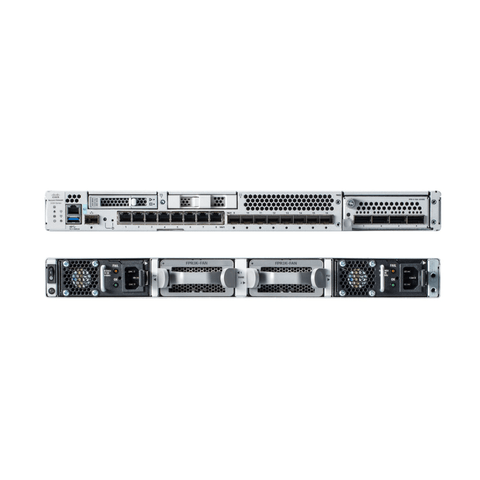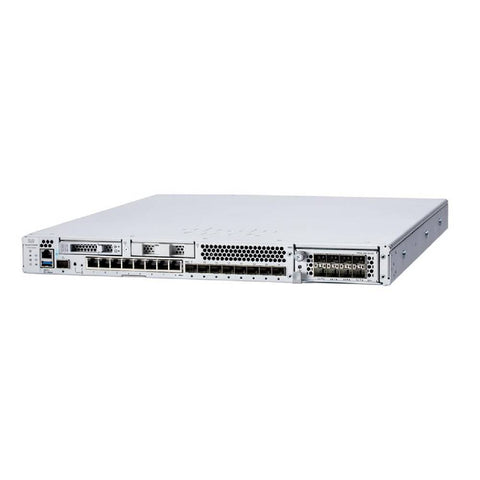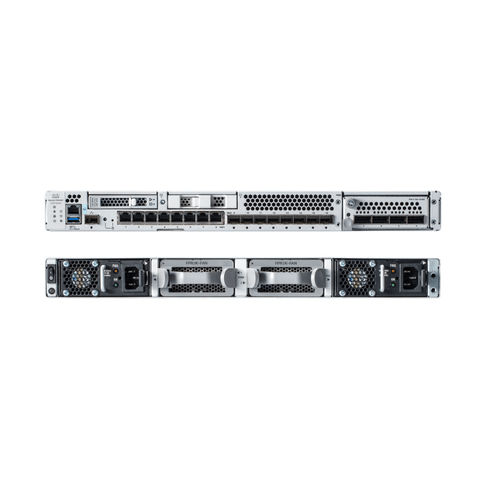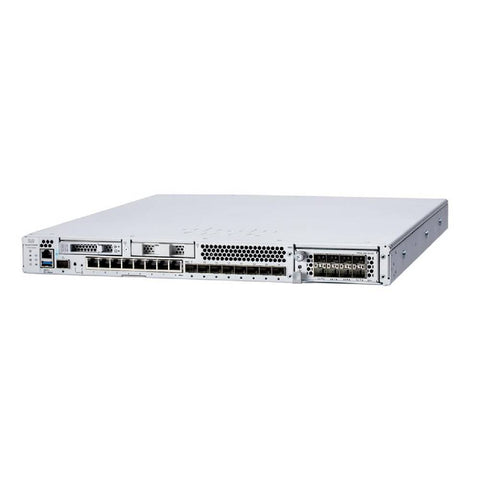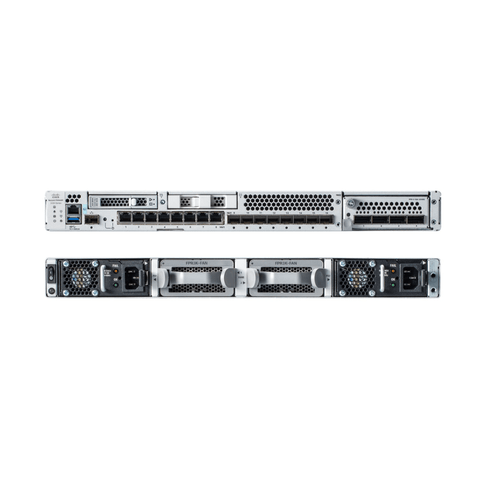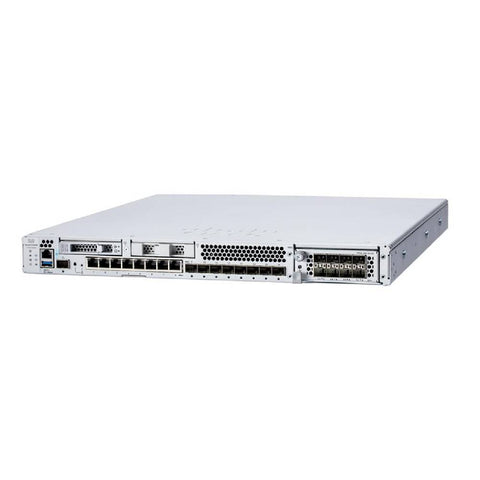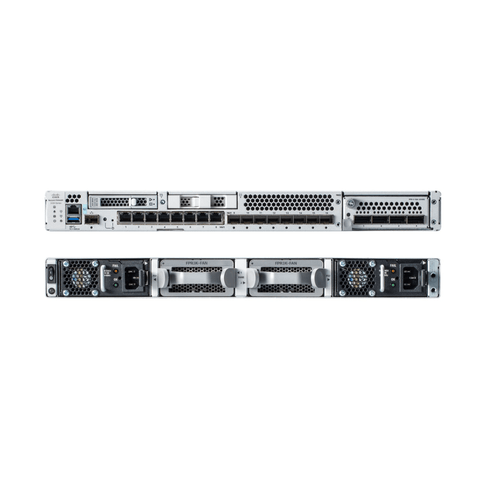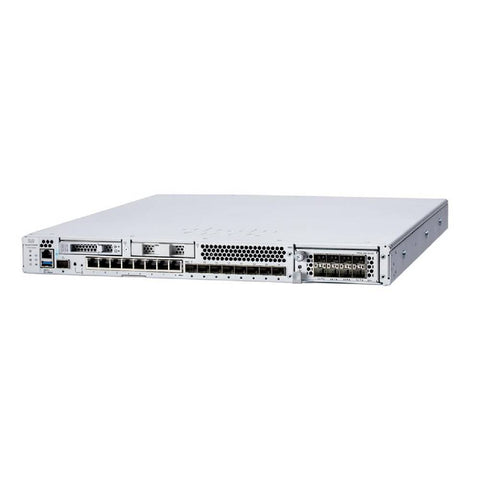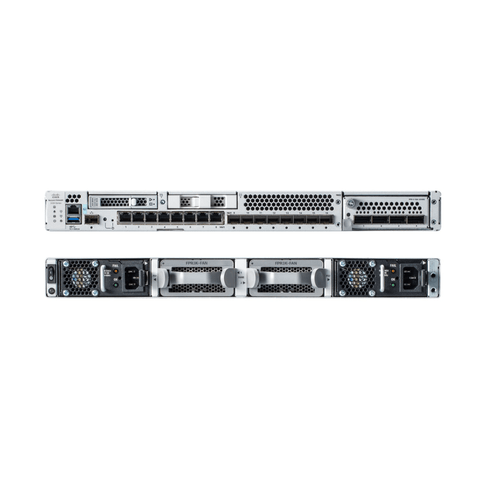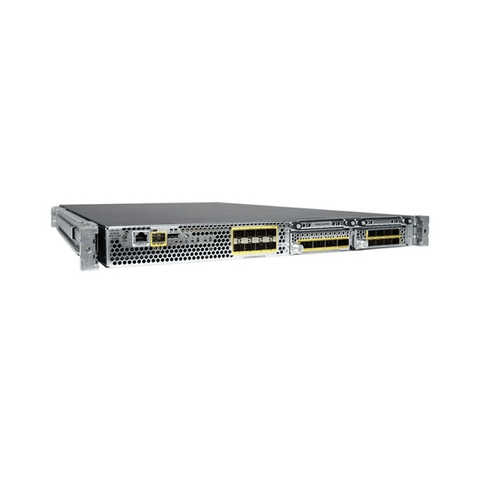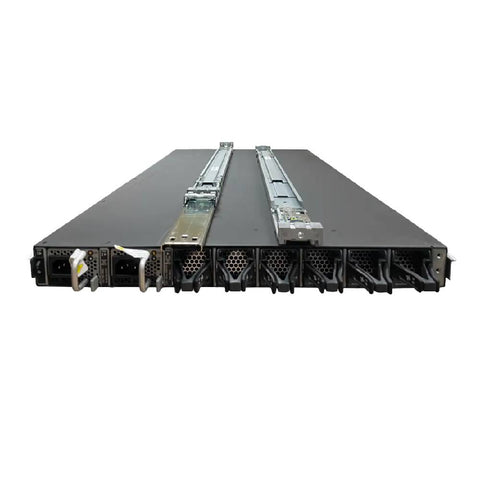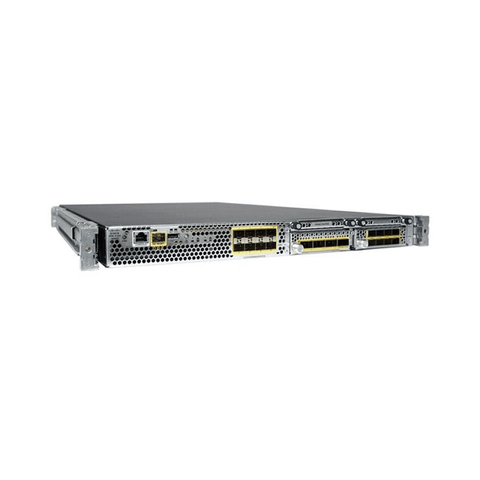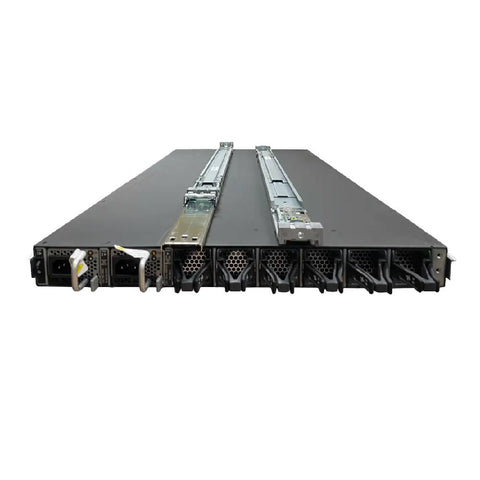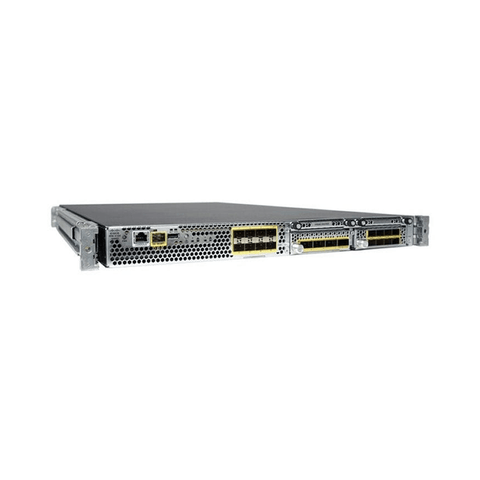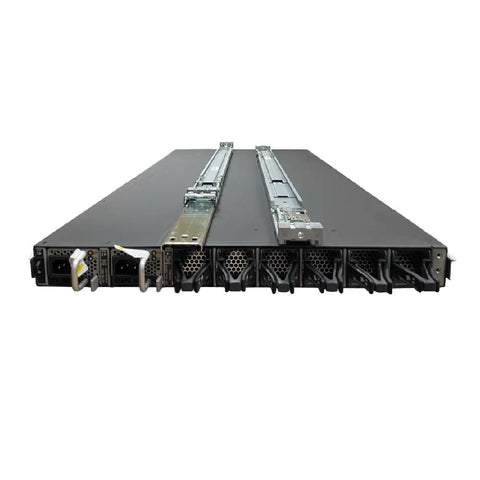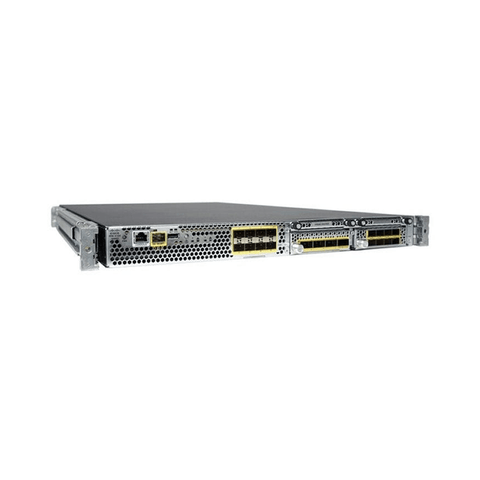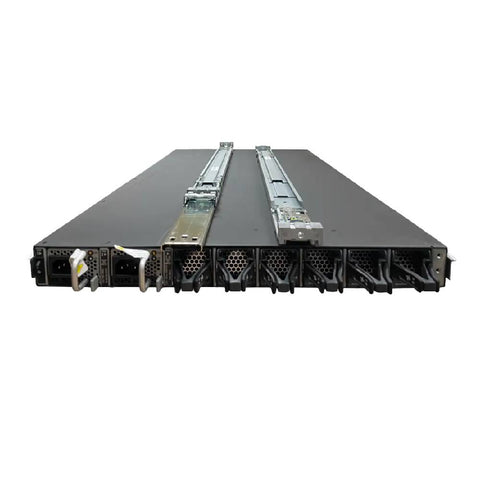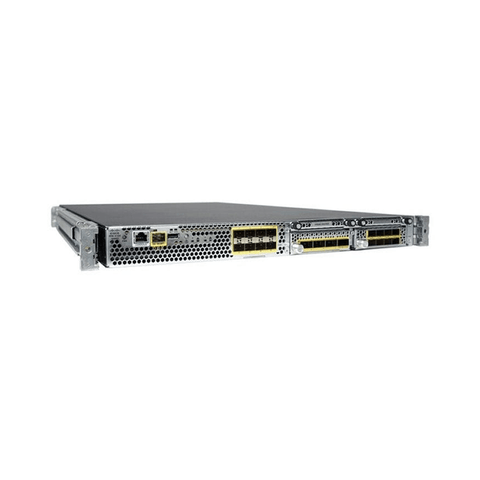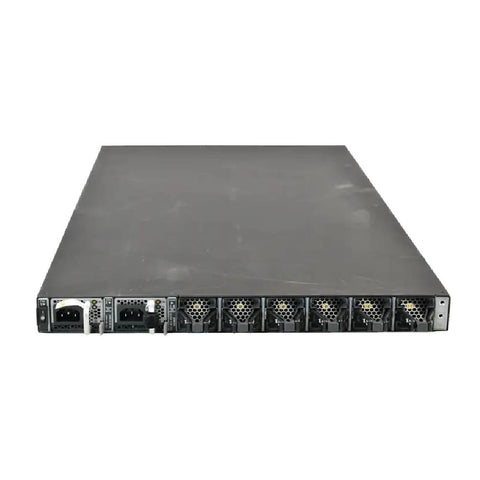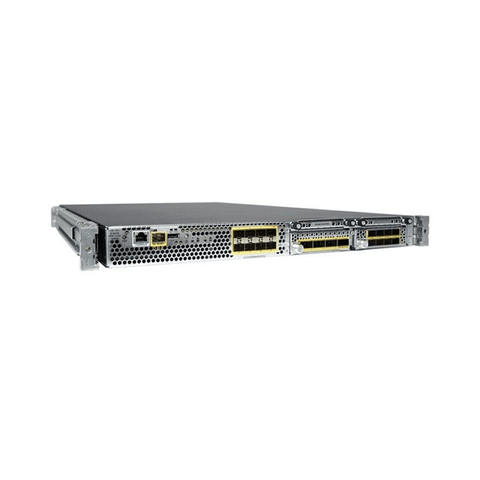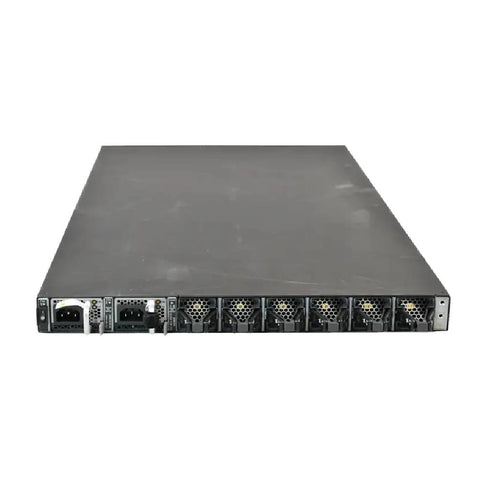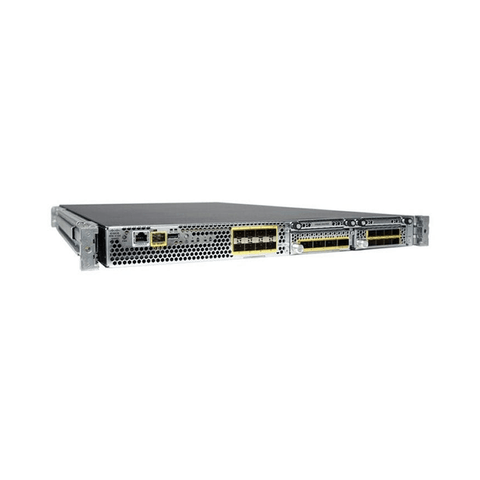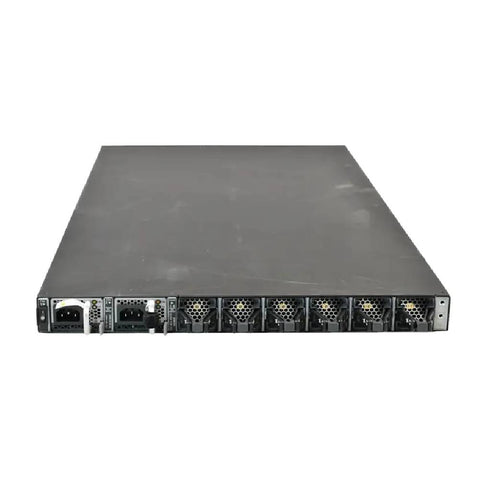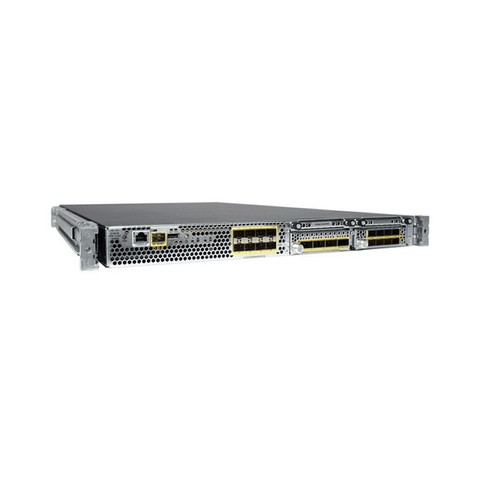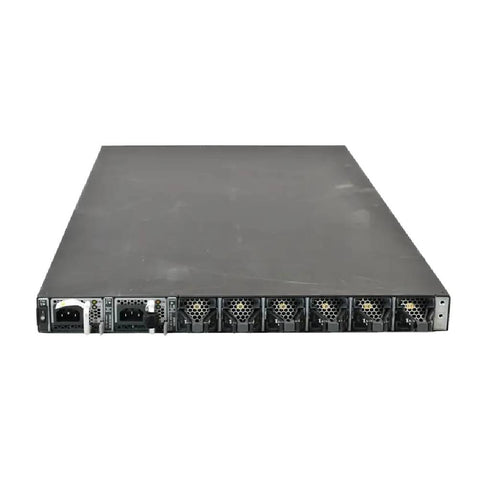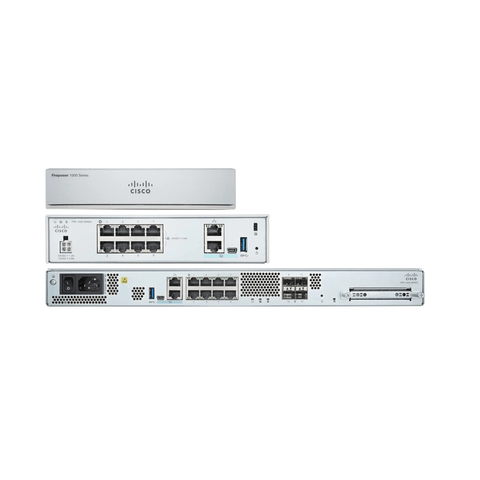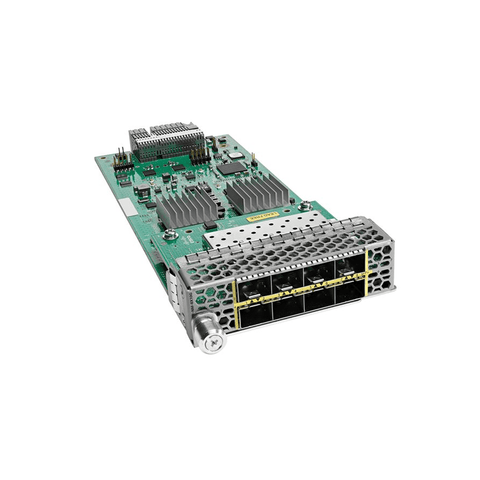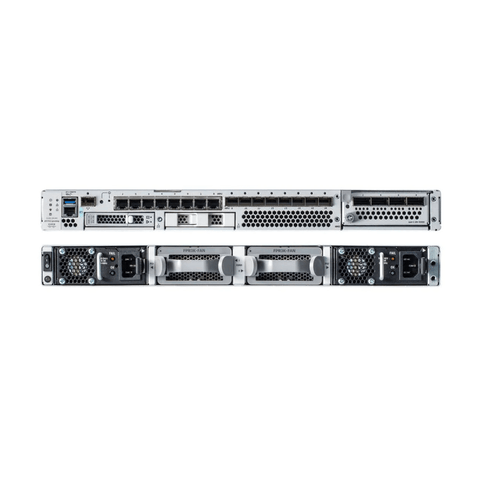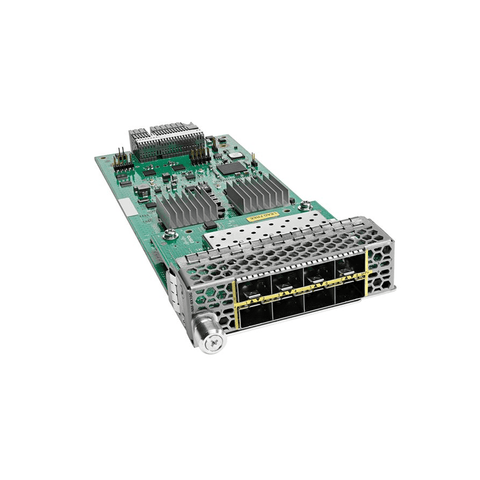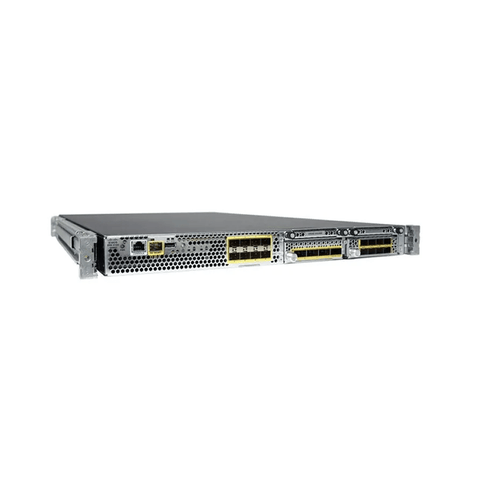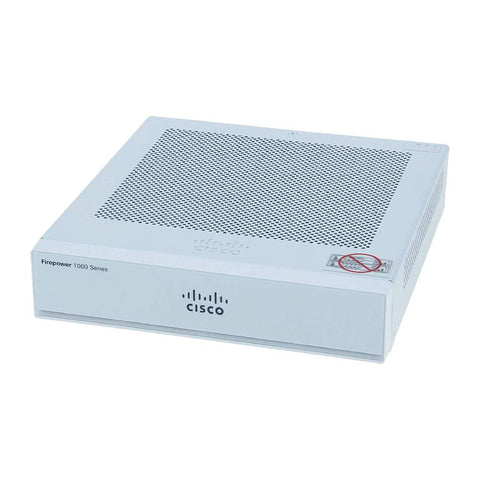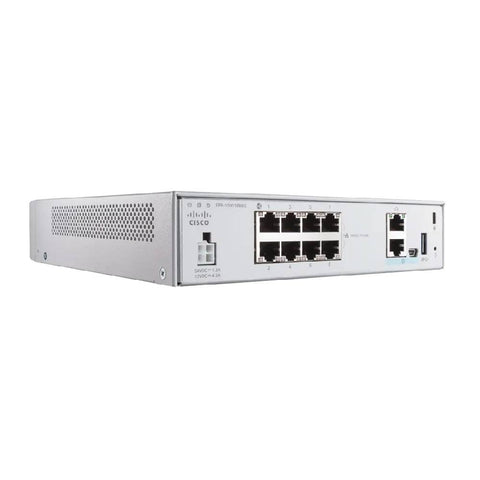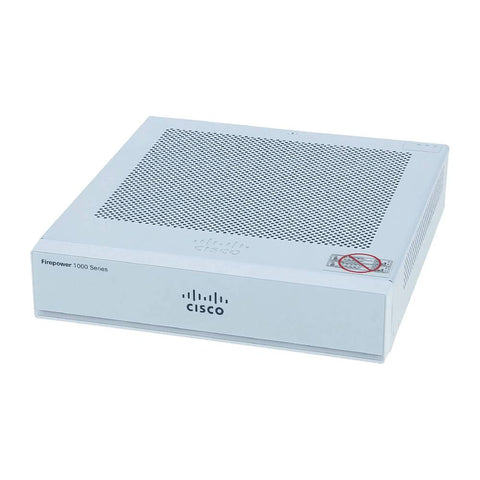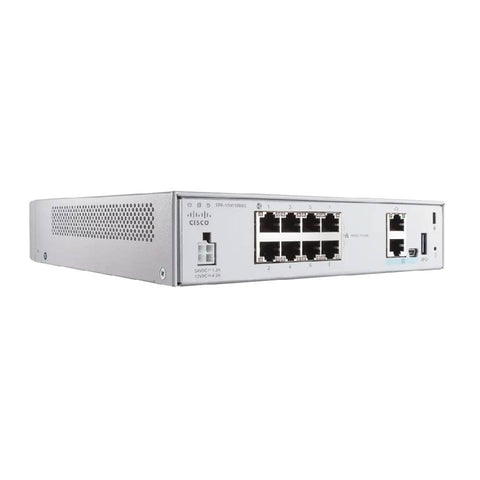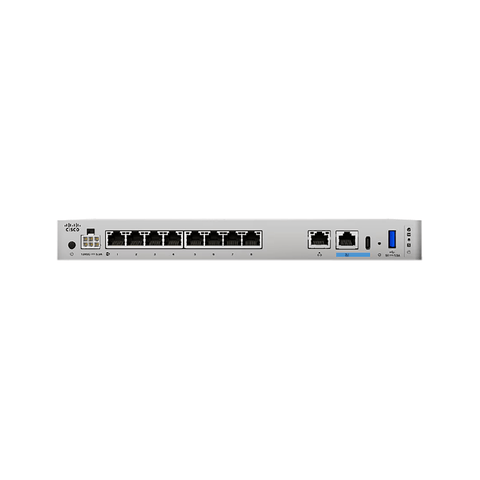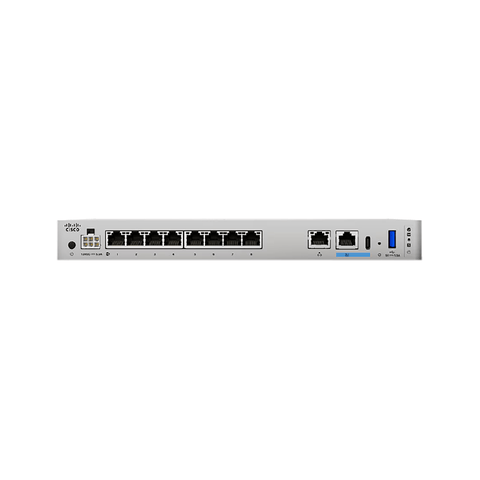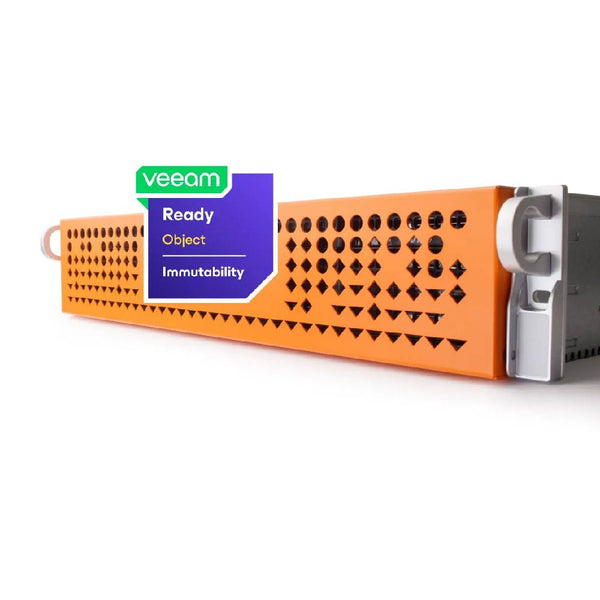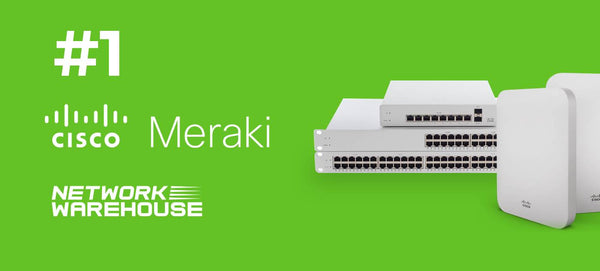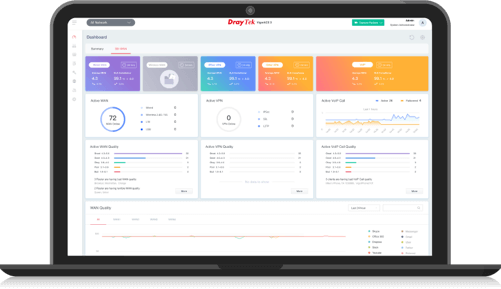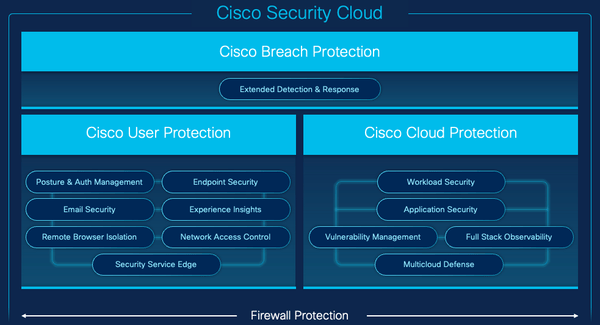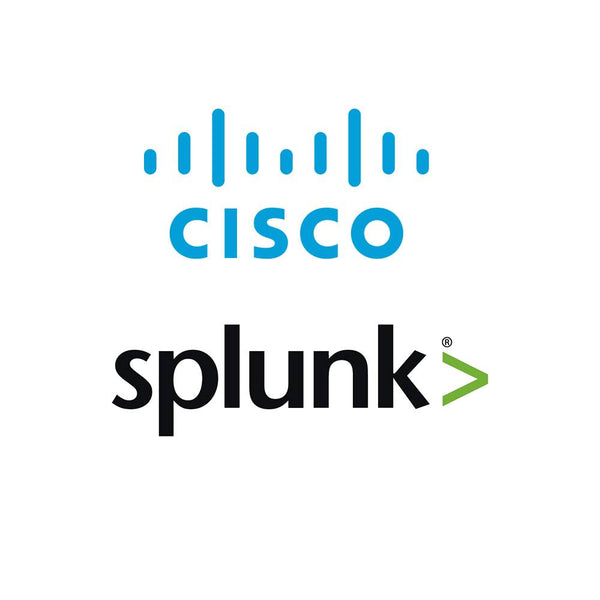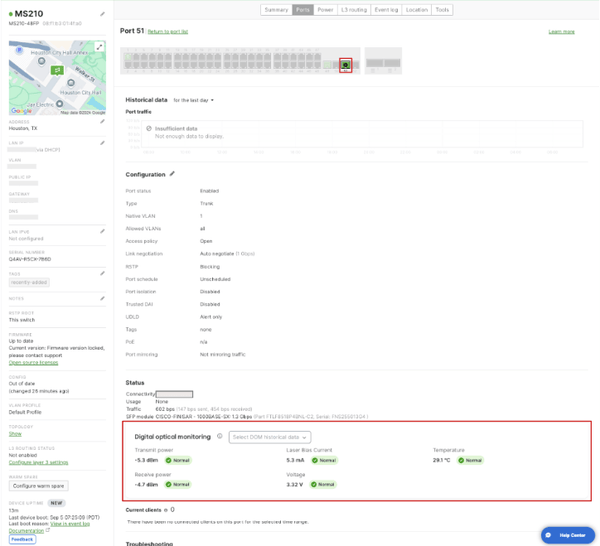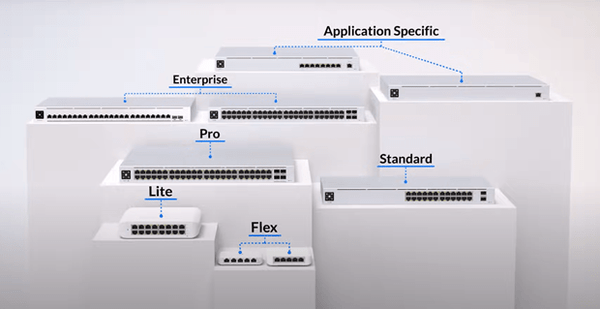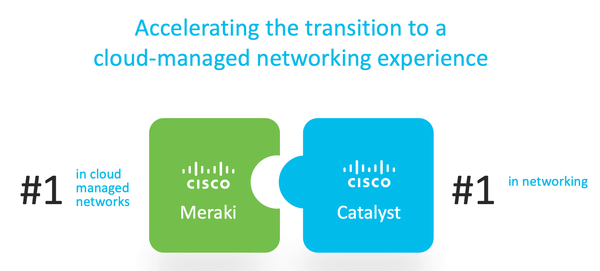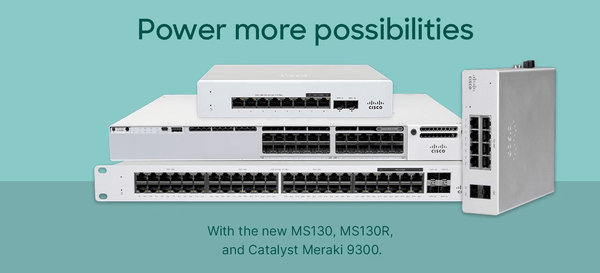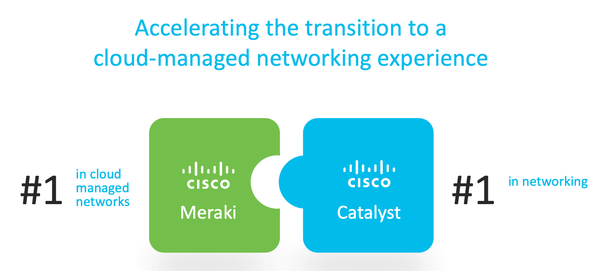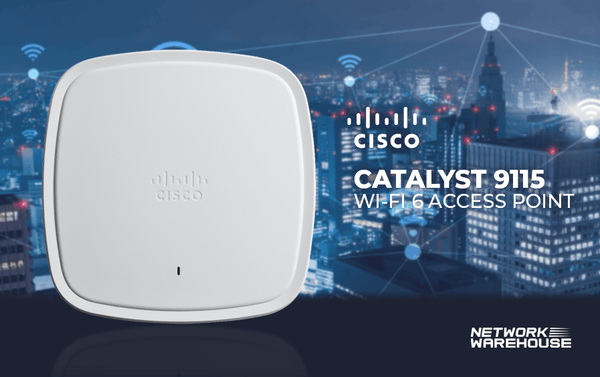
What to Look for in an SD-WAN Solution Designed for Multi-Cloud Environments
As enterprise organizations leverage many different cloud environments to build their IT infrastructure, cloud adoption has become an increasingly large part of CIO budgets. Nearly all enterprises have embraced multi-cloud—93% currently have a multi-cloud strategy in place. Organizations custom-select different cloud services to serve specific functions, as well as for larger advantages, such as flexibility, performance, agility, and cost savings.
However, bottlenecking occurs when connecting workloads deployed on multiple clouds through the data-center WAN edge which creates several challenges, including deployment complexity, inconsistent network performance, and expensive connectivity. This becomes even more complex as workloads move across cloud environments.
Software-defined wide-area networking (SD-WAN) can help facilitate the adoption of multi-cloud deployments while simplifying WAN infrastructure and reducing connectivity costs. But in order to be successful, an SD-WAN solution not only needs to understand and support multi-cloud, but also have the capacity to maintain security in even the most complex environments.
More Clouds Means More Complexity
A multi-cloud strategy allows organizations to select the best cloud services that meet the requirements of a particular application or workload and to avoid vendor lock-in. It also allows organizations to choose cost-optimized services and leverage geographically dispersed clouds to meet data sovereignty requirements, for disaster recovery, or to improve overall user experience. And, a multi-cloud model also provides redundancy to reduce the risk of downtime.
Despite the myriad benefits, multi-cloud adoption undoubtedly adds extra layers of management complexity—especially if adding cloud services happens in an ad hoc manner rather than being planned from the ground up. The challenge is that each cloud environment is unique, and tools that span multiple cloud environments need to be able to connect seamlessly, function consistently, and work between different cloud environments without losing functionalities, fragmenting policies, or lowering enforcement standards. All while bridging protocols and standards on the fly between environments.
This complexity creates management and operational challenges, from deployment to network performance to operational costs. Few IT teams have the expertise to manage a mixed deployment of multiple public cloud, private cloud, and on-premises environments—especially considering the ongoing lack of skilled IT (and specifically cybersecurity) talent. Resource constrained organizations will struggle to keep up.
What’s more, organizations that are unable to implement centralized management and monitoring, often due to deploying different security and other tools in each cloud environment, are then burdened by fragmented security policies across multiple cloud environments. They also lack end-to-end visibility of their infrastructure, which increases the risk of breaches, data loss, compliance penalties, and other damages to the enterprise.
Previously, to overcome these challenges, enterprises have often chosen to backhaul cloud traffic to on-prem data centers or network service/colocation provider points of presence. While the goal is for cloud workload traffic to be centrally inspected and routed between the different clouds, these dedicated backhaul connections are often expensive and can quickly become bottlenecks. And this problem can be exacerbated because backhauling traffic over cloud provider VPN gateways to on-prem data centers can add significant latency and degrade application performance.
All these challenges demand a new approach for establishing secure and high-performance connectivity between multiple clouds—especially without increasing cost and complexity.
Achieve Unified Management and Security Across Multiple Clouds with SD-WAN
Maximizing the benefits and flexibility of a multi-cloud strategy requires integrated security and networking technologies. Because of its automation capabilities, and also because of where it resides strategically in the network, SD-WAN has become the solution of choice for rapidly evolving cloud network innovations (including multi-cloud). SD-WAN allows enterprises to augment leased line connections with direct internet connections to enable their networks to utilize the most optimized links for different applications, workloads and ingress or egress use cases. As a result, SD-WAN offsets the performance degradation that is increasingly a problem due to the amount of cloud and application workload traffic across the enterprise. All this is possible while making it cost effective for organizations and not disrupting user experience.
What to Look for in an SD-WAN Solution for Multi-Cloud
SD-WAN solutions vary widely in terms of capabilities, and not all are able to adequately support a multi-cloud deployment. Enterprises should carefully consider all associated issues, including functionality, management, performance, and especially, security requirements, as well as all related costs—including both capital expenses (CapEx) and operating expenses (OpEx).
Consolidated Secure SD-WAN.
A disaggregated approach to SD-WAN requires investing in multiple devices in order to provide all the necessary networking and security capabilities required for a fully functional solution. But these piecemeal approaches have inherent gaps in security that can be exploited by cyberattacks. What’s needed is a single solution that integrates advanced SD-WAN networking capabilities within a next-generation firewall (NGFW) to ensure that security and connectivity can function as a single solution. This approach can not only eliminate these security gaps, but also reduce overall CapEx investment costs.
Cloud Native Integration and Central Management.
Disaggregated SD-WAN also increases OpEx in terms of staff time dedicated to solution deployment, integration, optimization, and management. A cloud native SD-WAN solution simplifies these processes. Its native integration with each cloud infrastructure simplifies policy management by leveraging meta data while providing optimal performance and low overhead connectivity across cloud networks. Additionally, it allows organizations to avoid cloud misconfigurations that can lead to bad user experience or security vulnerabilities.
Programmability and Automation.
Developers are able to better meet network security requirements and simplify application lifecycle management routines by leveraging uniform APIs that apply changes throughout the infrastructure consistently. These capabilities are critical in order to seamlessly implement application requirements in agile and dynamic DevOps environments where CI/CD methodologies are being used to represent Infrastructure as Code (IaaC) changes.
Performance.
An SD-WAN solution that is optimized for all cloud environments and features intelligent application awareness capabilities can address bandwidth and performance issues. The best solution should be able to reference a broad database of known applications, and use custom signatures that then allow it to prioritize traffic and automatically manage connections based on the real-time needs of the enterprise. All this while also delivering speed for multi-cloud networks.
Visibility and Control.
Tracking traffic patterns, performance and potential threats across multiple distributed cloud deployments can be difficult. A Secure SD-WAN solution with centralized visibility integrated across multiple clouds, including cloud provider security services with identifiers such as labels, tagging, security groups and namespaces, can provide end-to-end, actionable visibility across all cloud iterations. This ultimately provides QoE optimization, advanced prevention and detection capabilities—as well as automated cloud native controls. This in turn can help ensure compliance with data privacy laws and industry regulations, regardless of where sensitive data is stored, as well as ensure consistent management of risks without any evident weak links.
Effective SD-WAN Simplifies Multi-Cloud Challenges
An effective SD-WAN solution needs to provide an abstract, application-aware network infrastructure that can span multiple cloud environments. This enables it to remove inconsistencies through a uniform policy-defined infrastructure, while simplifying management and optimizing infrastructure costs. It also improves the agility of deployments and application experience across the enterprise. Finally, integrated security features offered by a robust, consolidated Secure SD-WAN solution – especially one that can apply, coordinate, and enforce policies consistently across multiple cloud environments – can lower risks and enforce controls across enterprise infrastructures that rely on a multi-cloud strategy.

